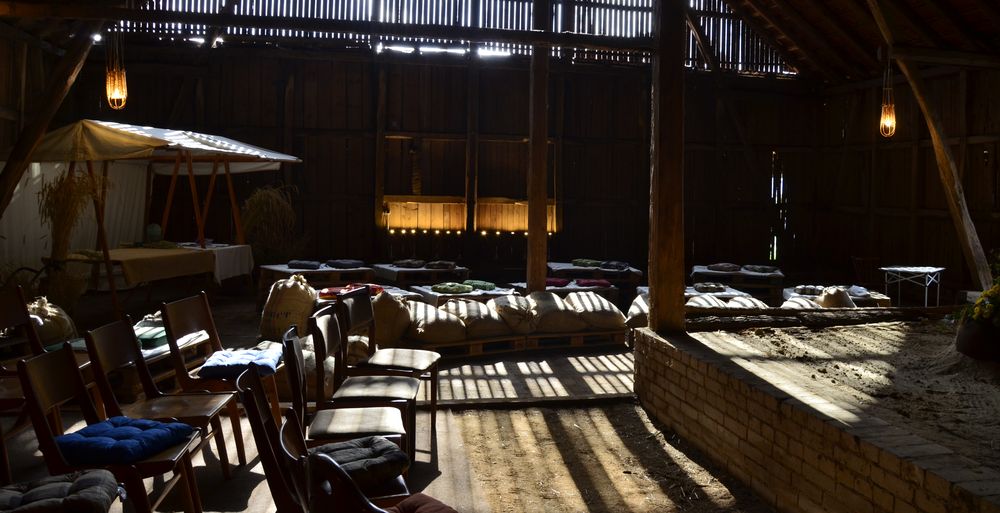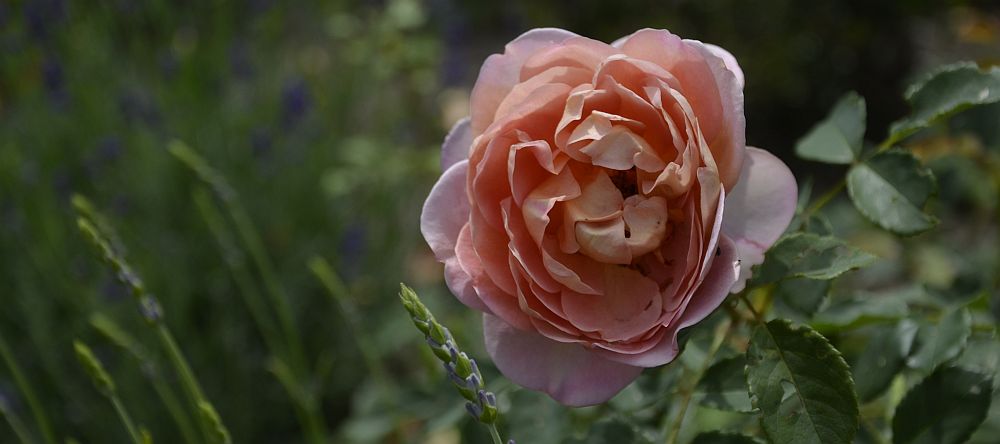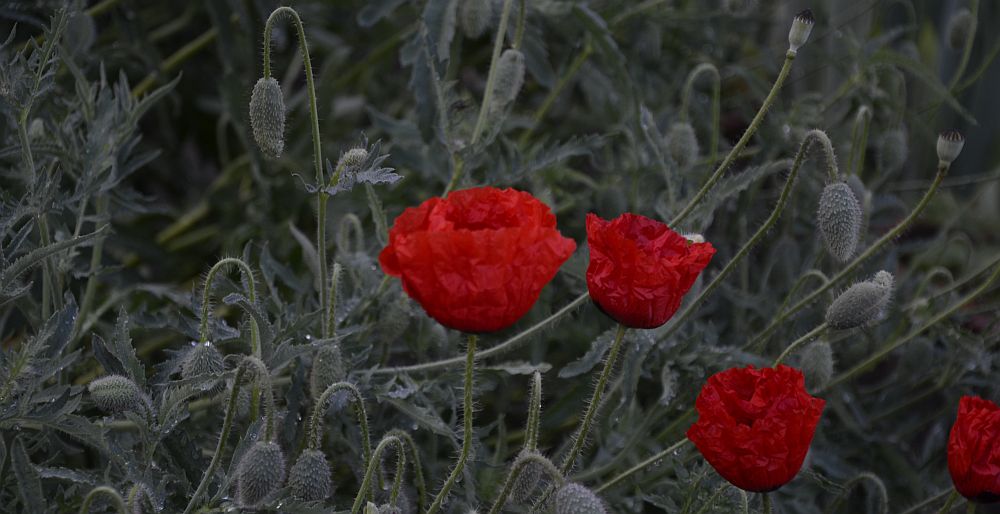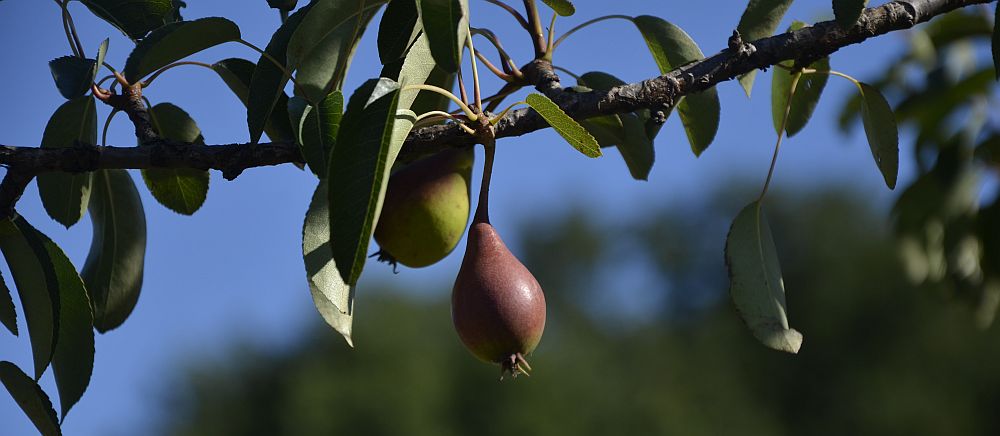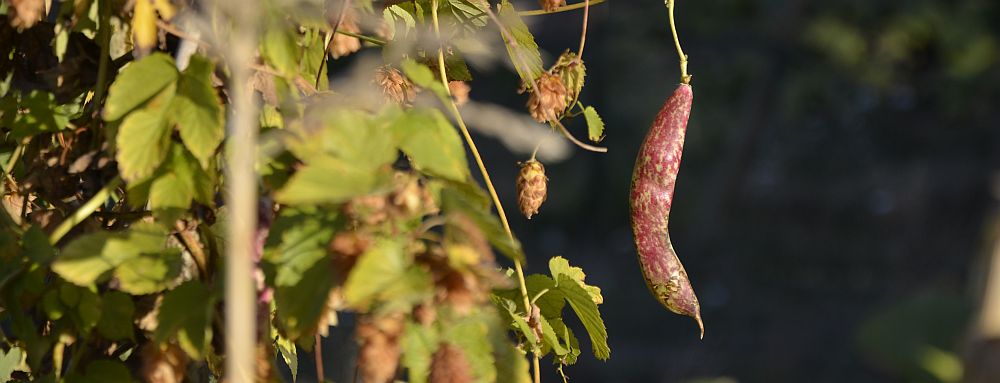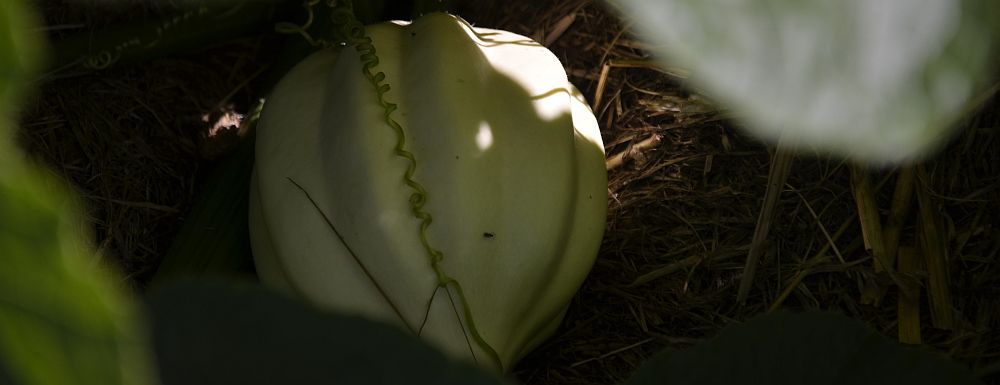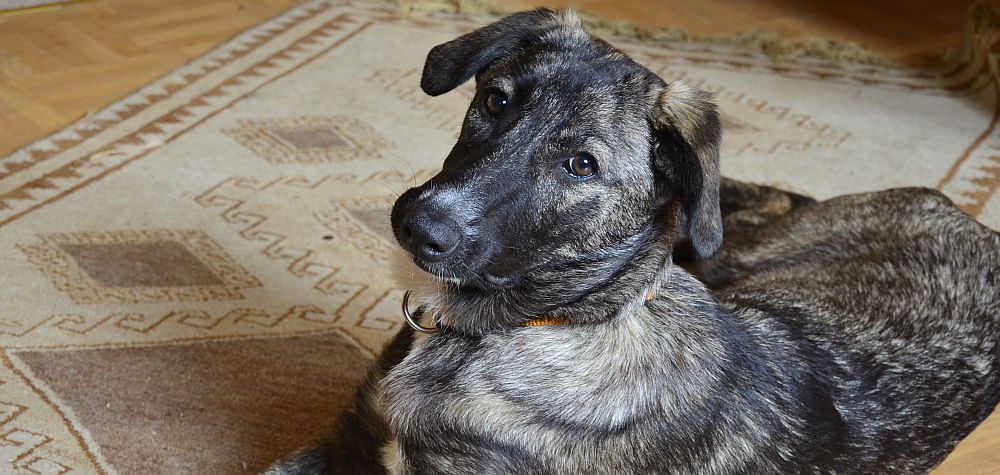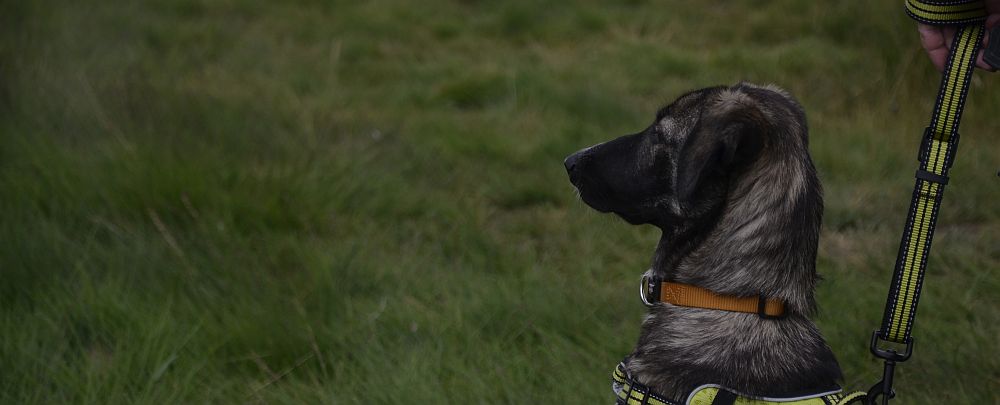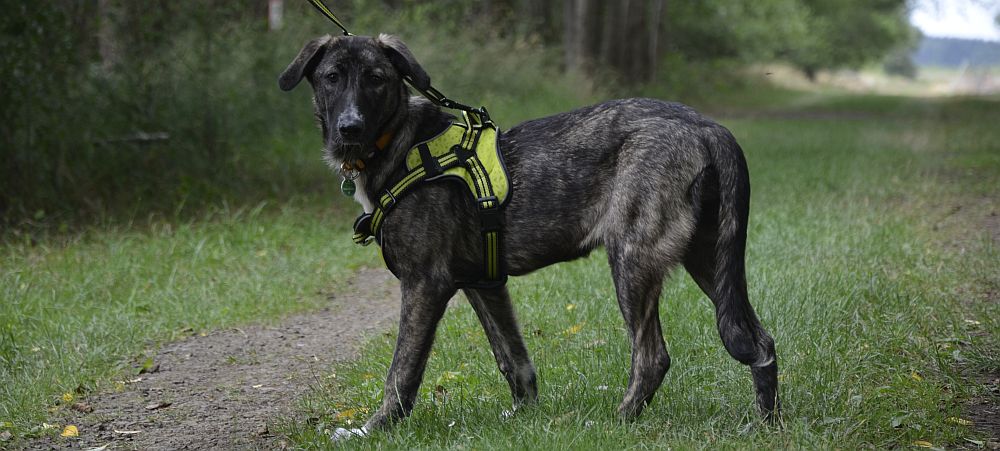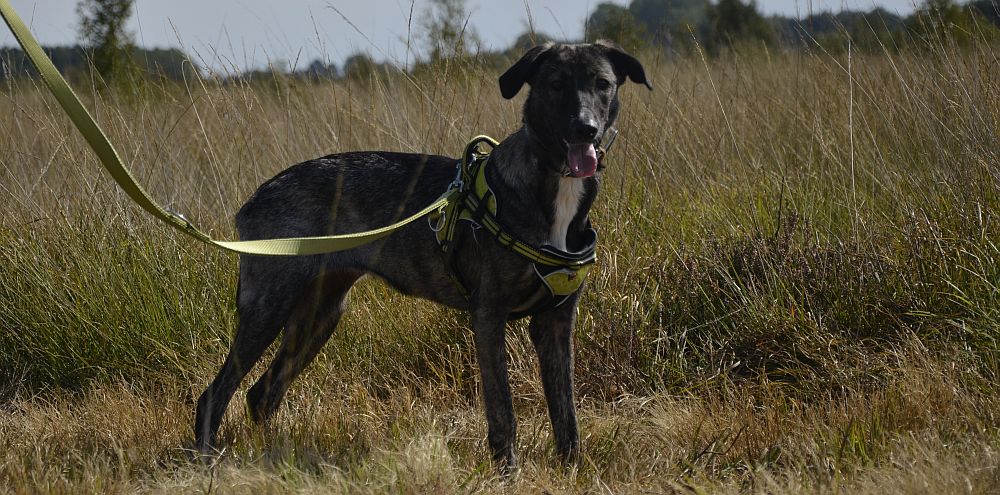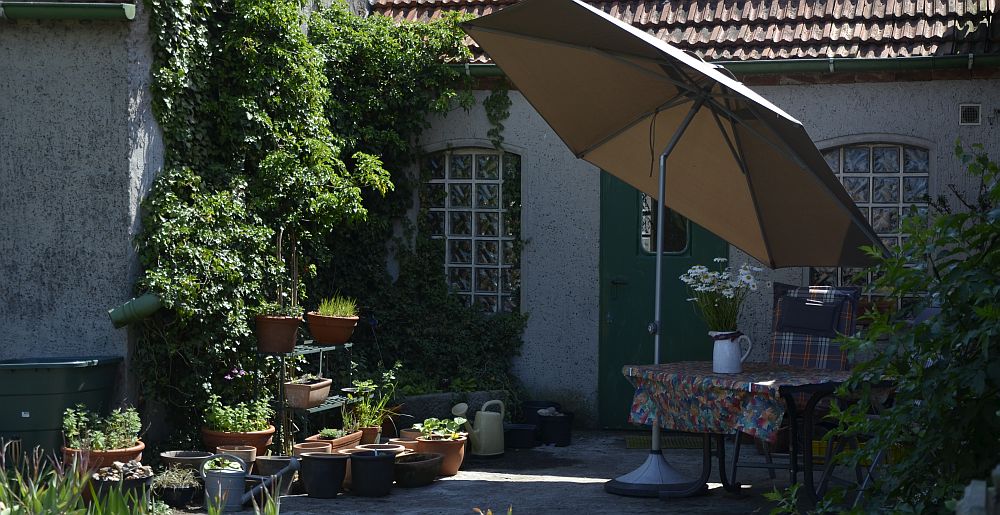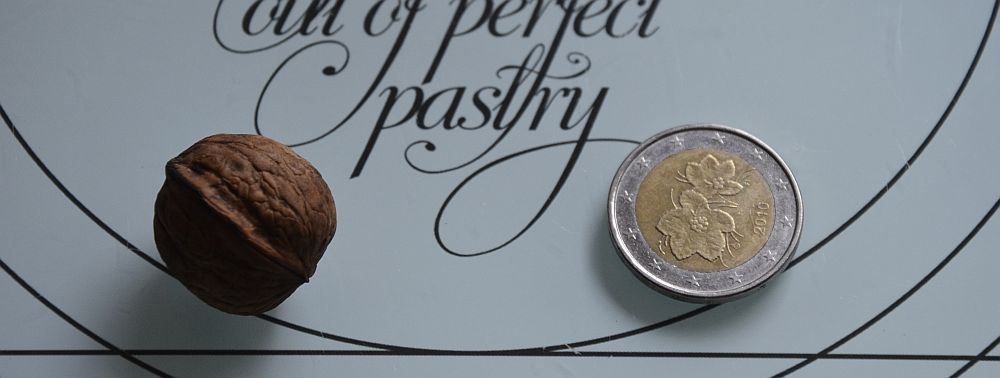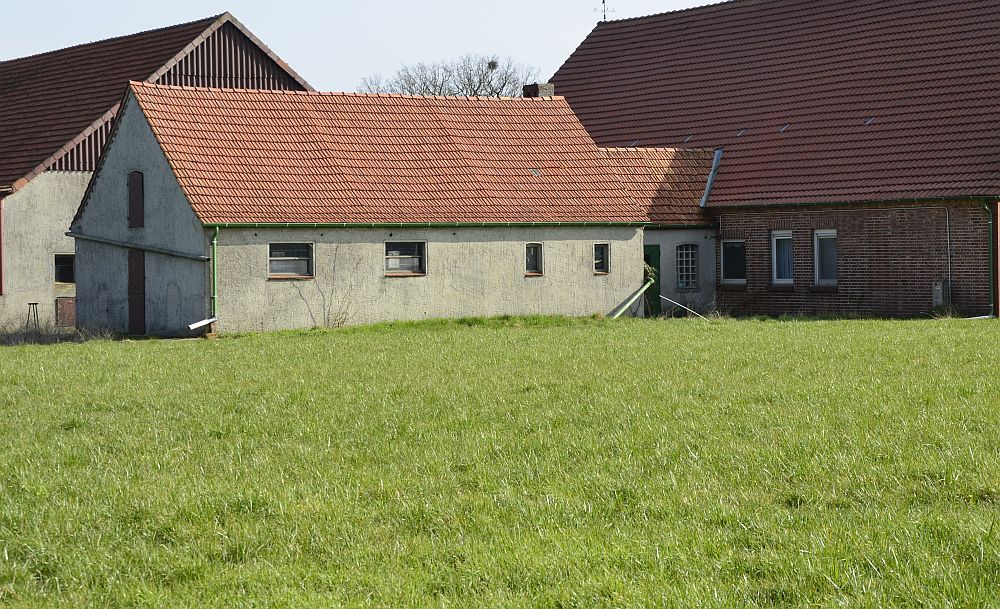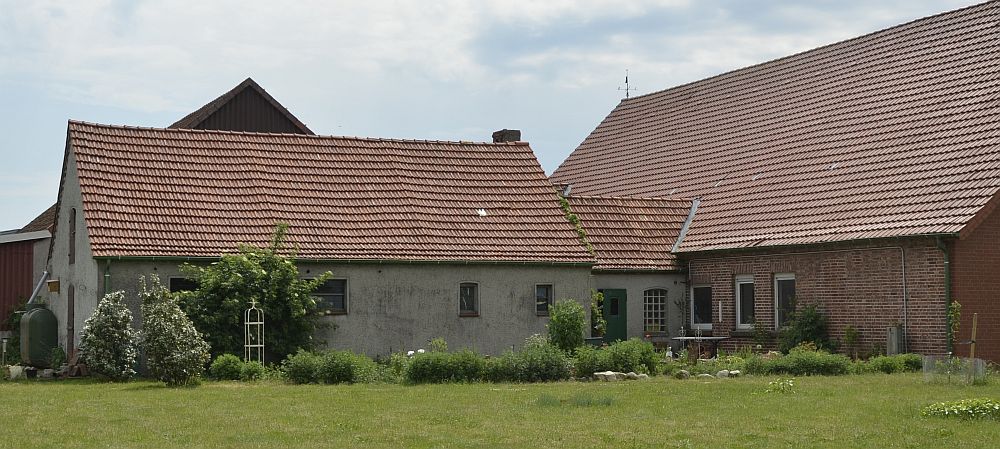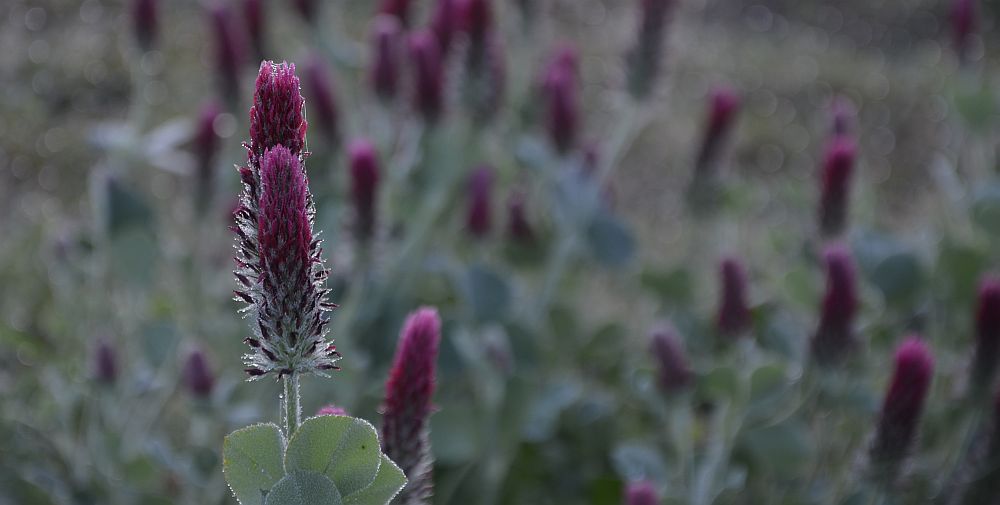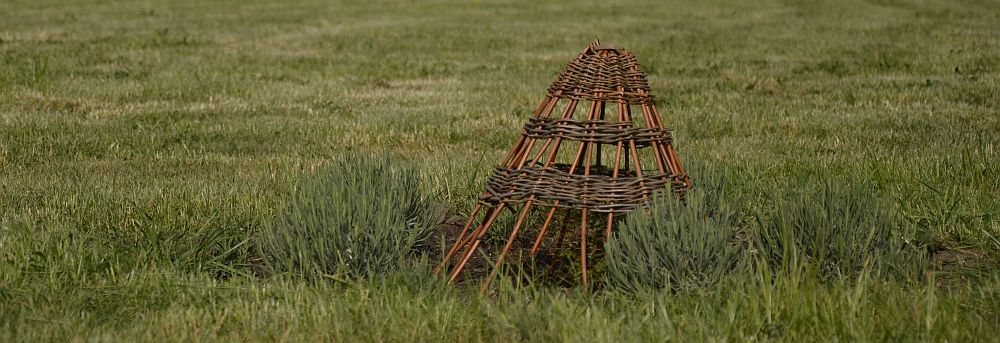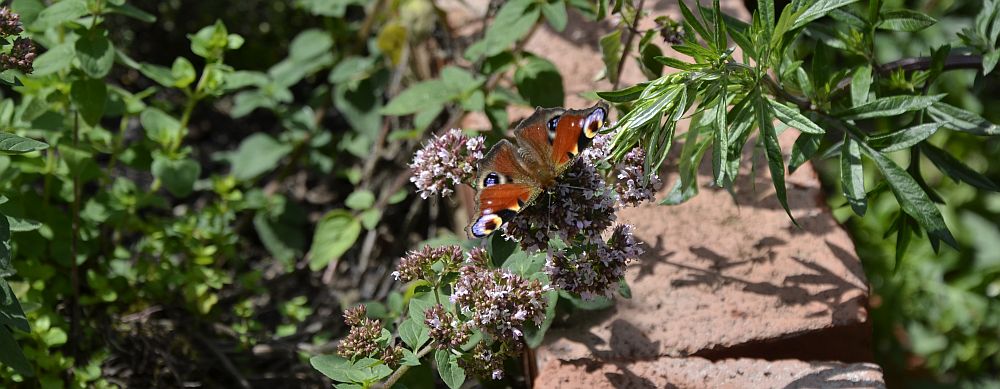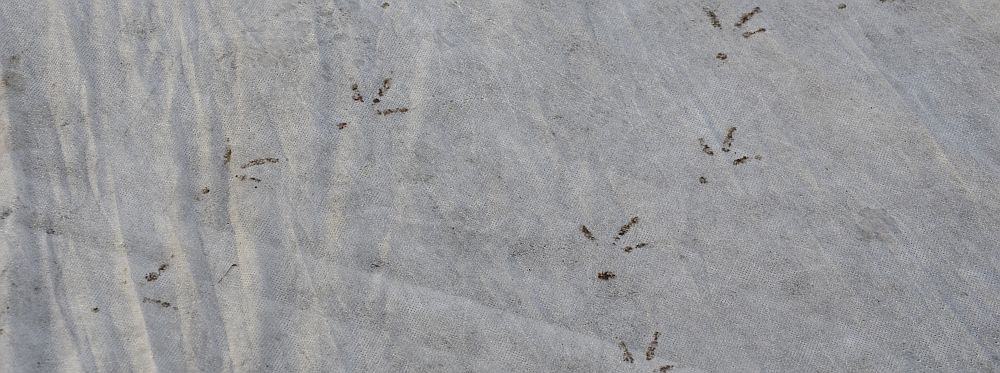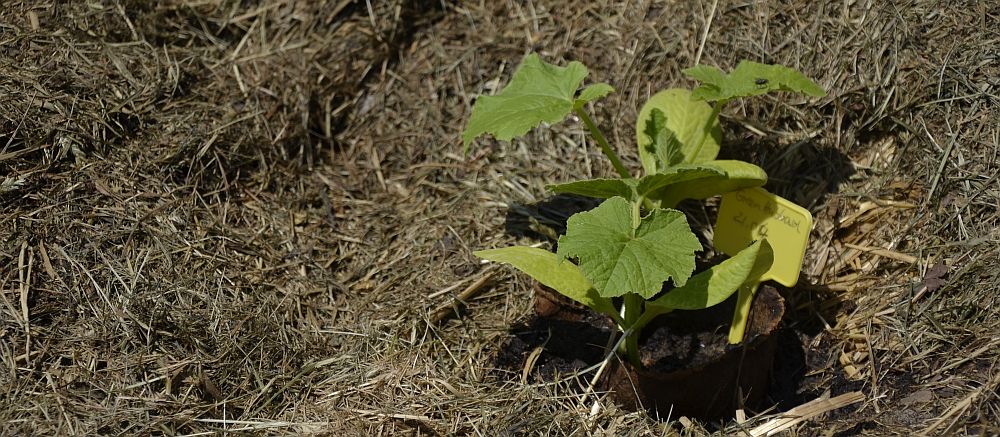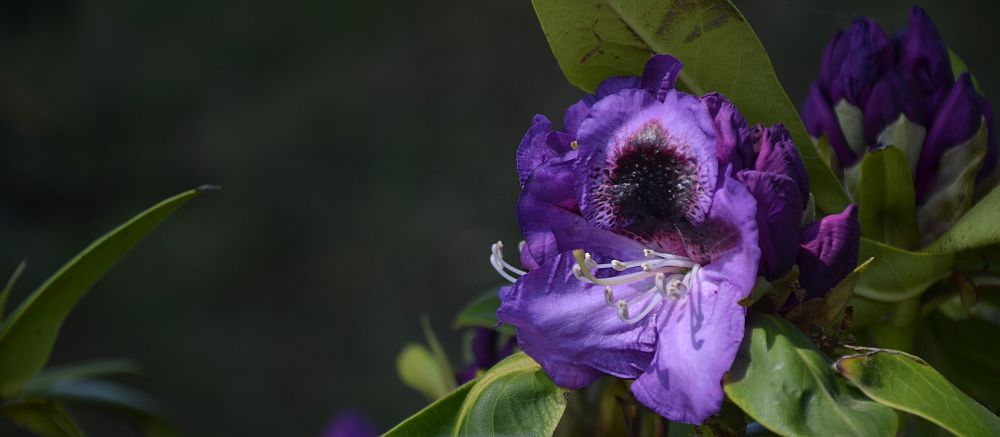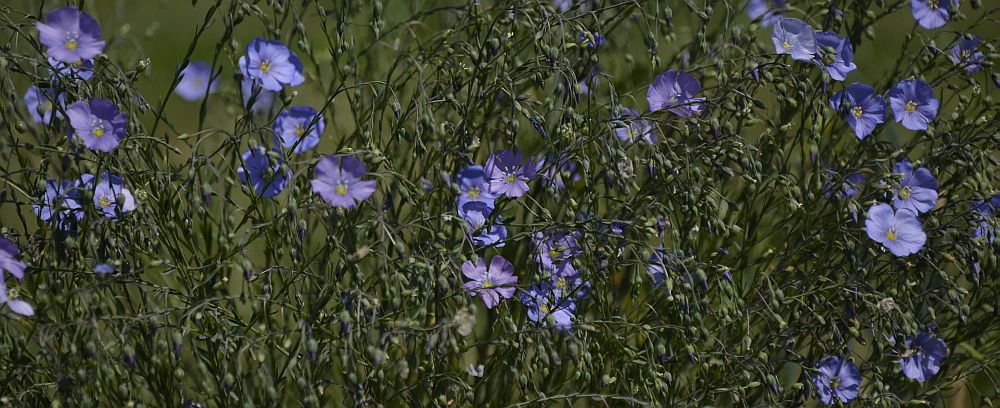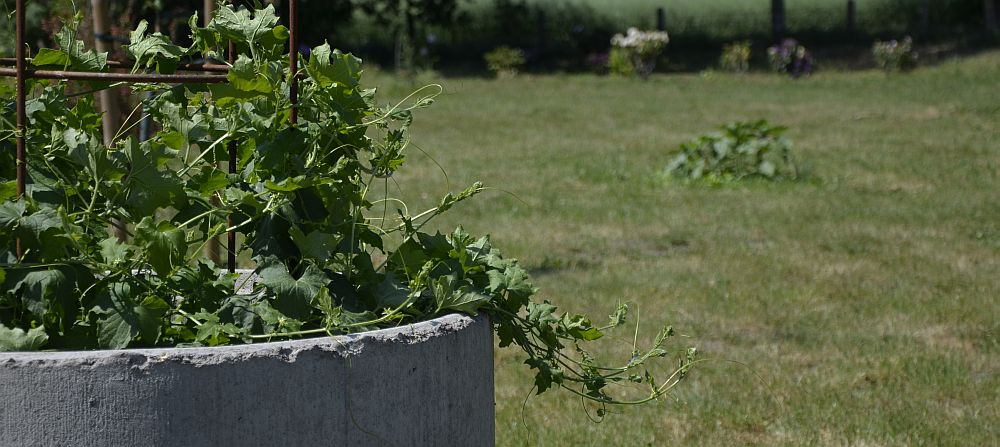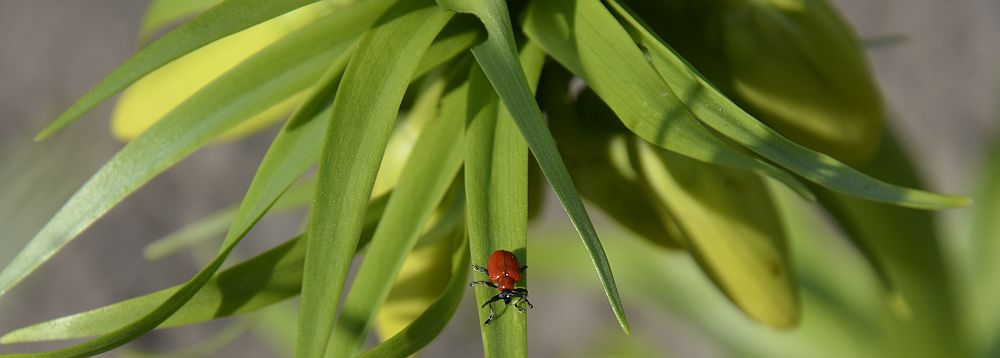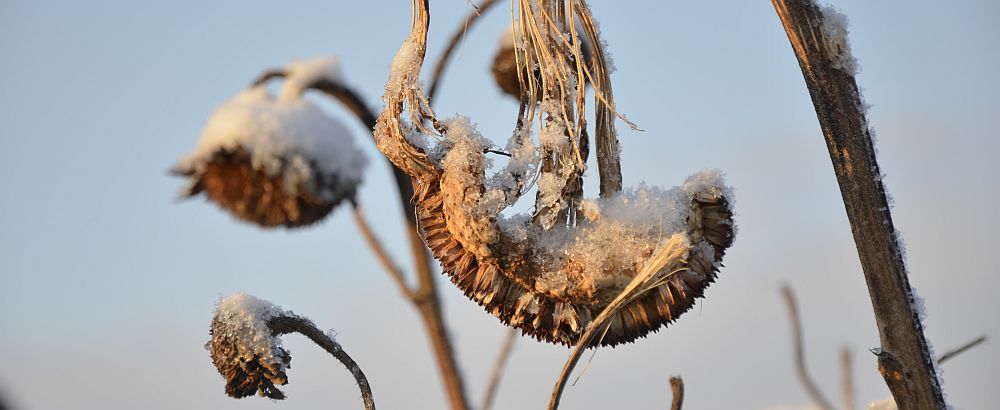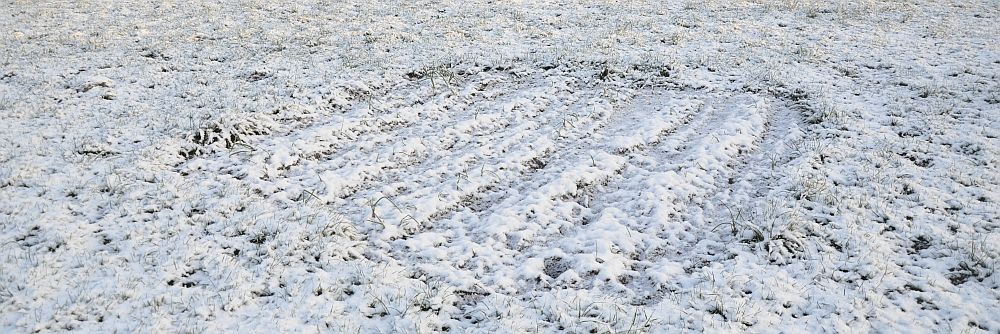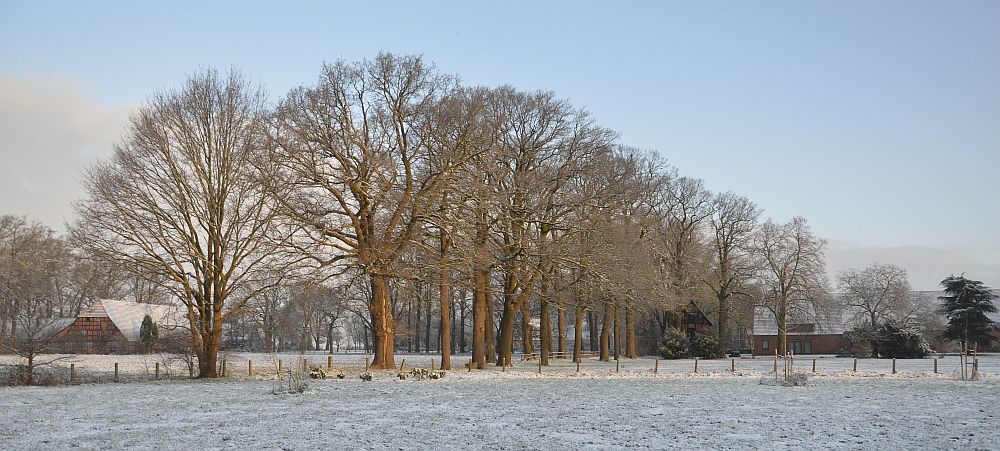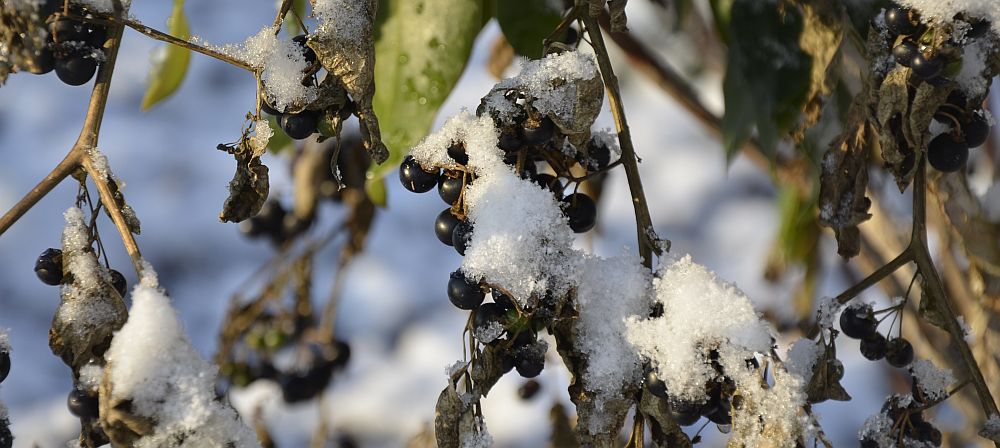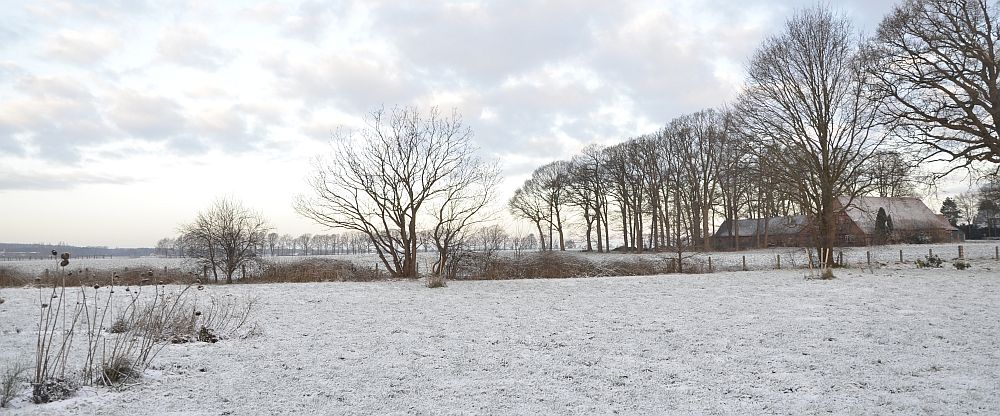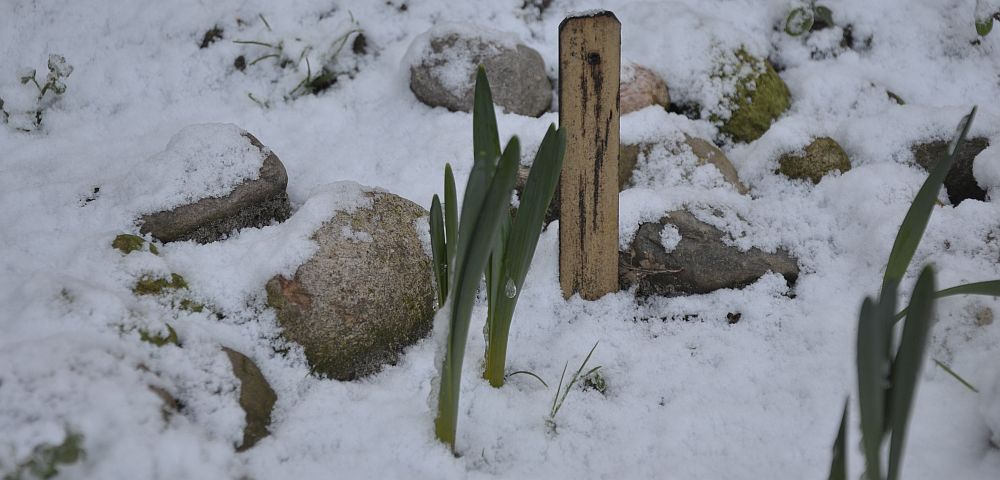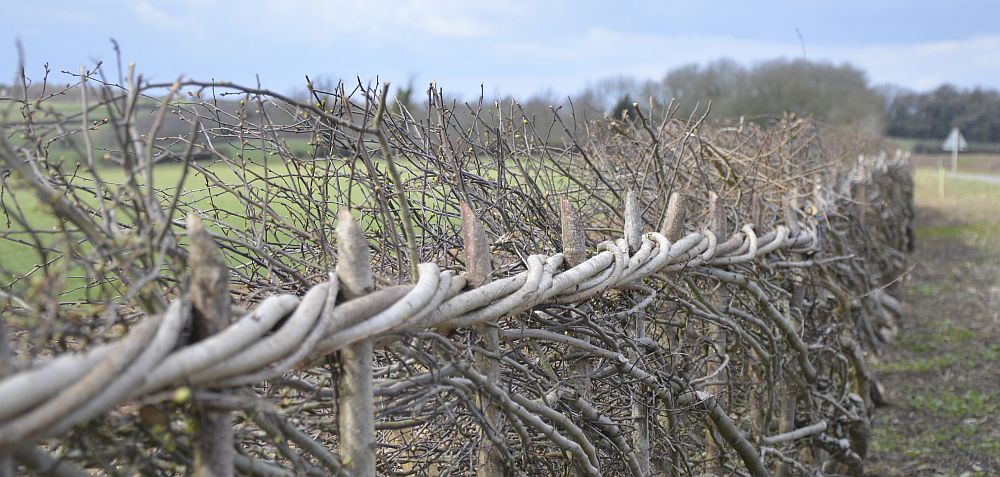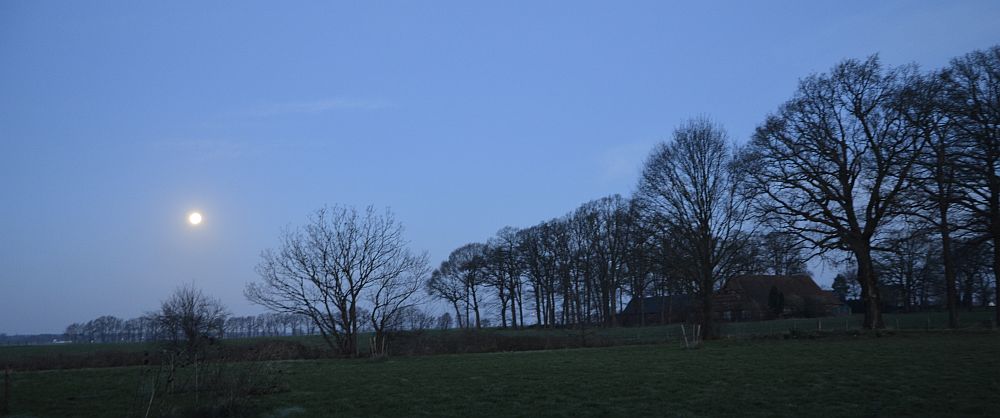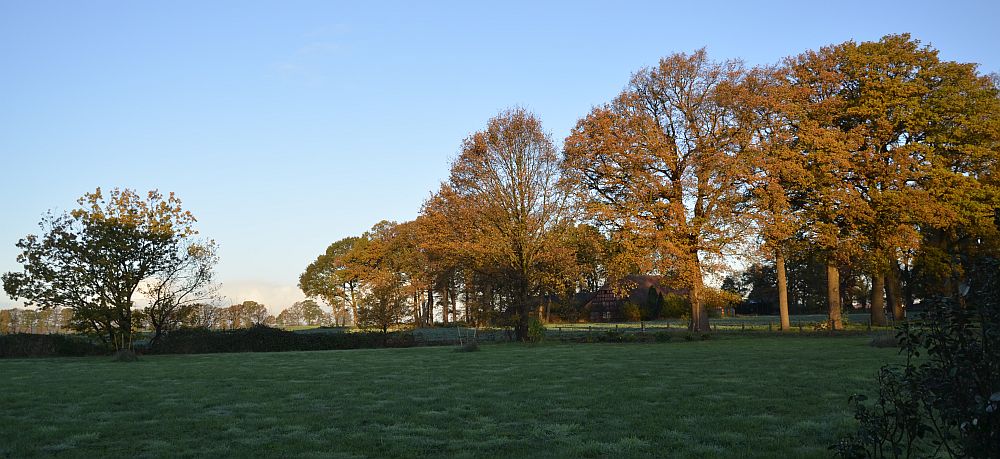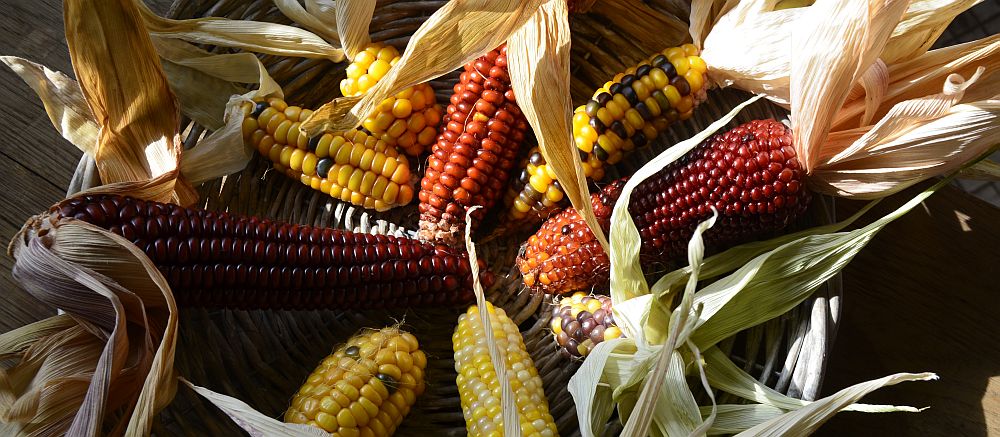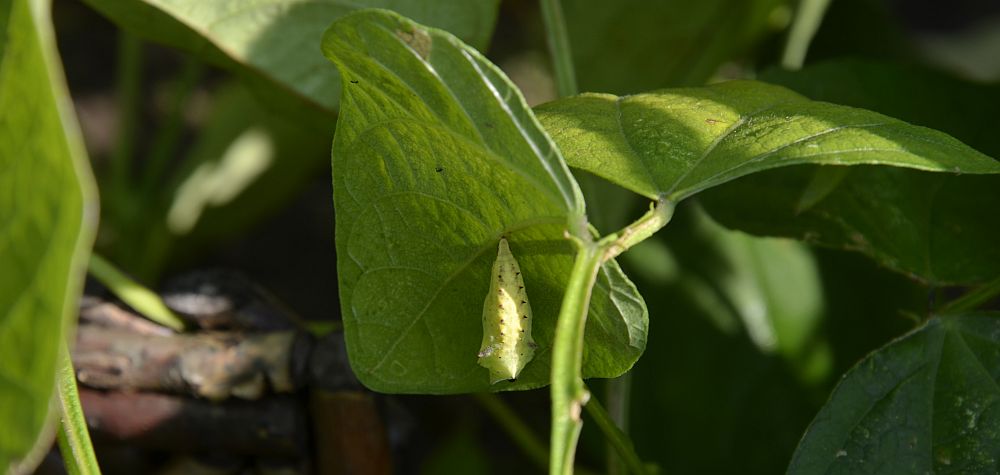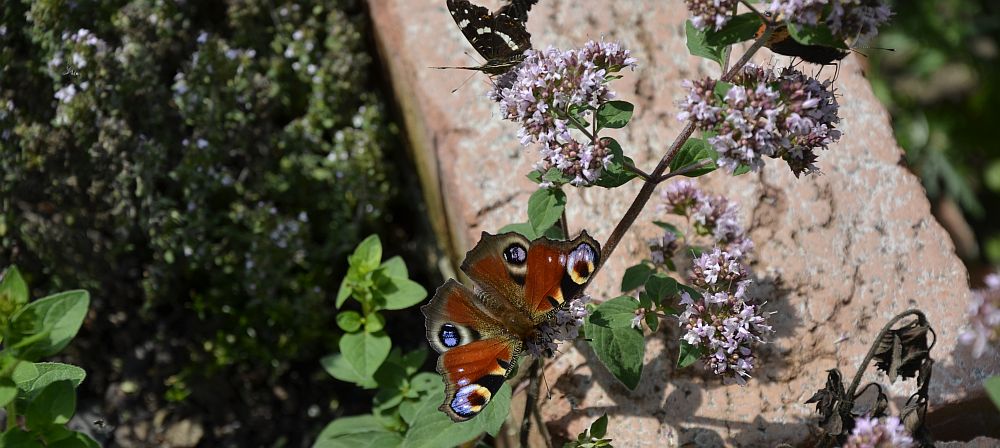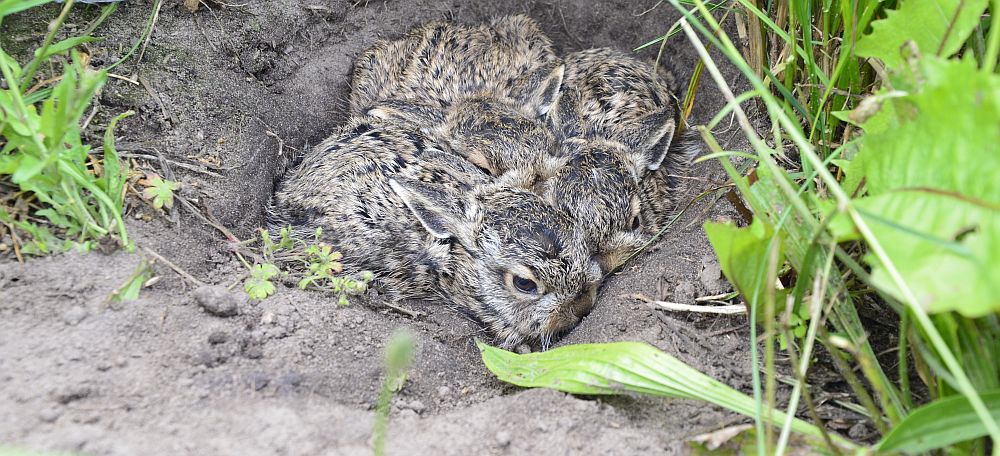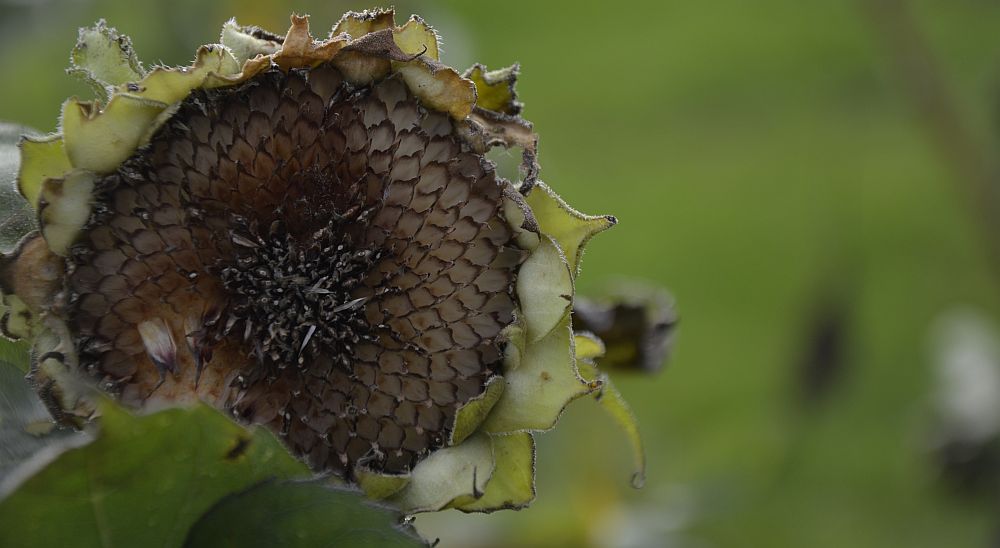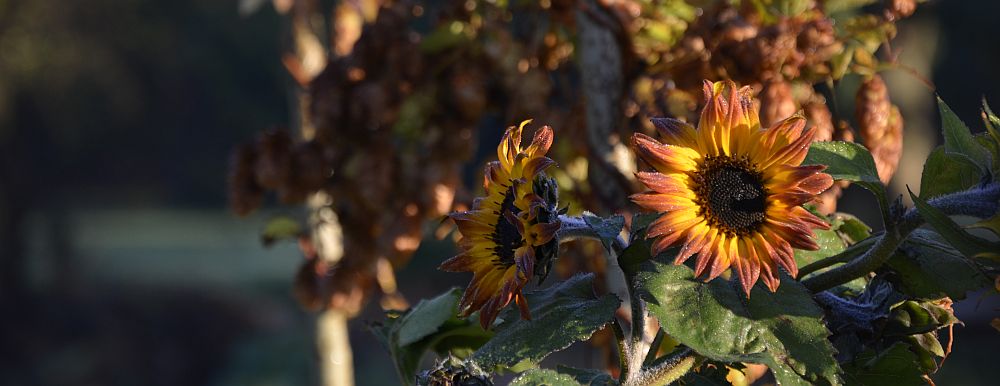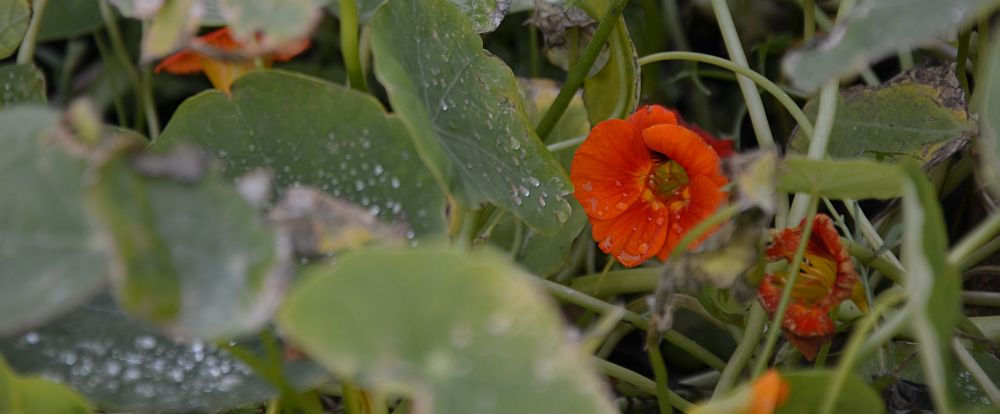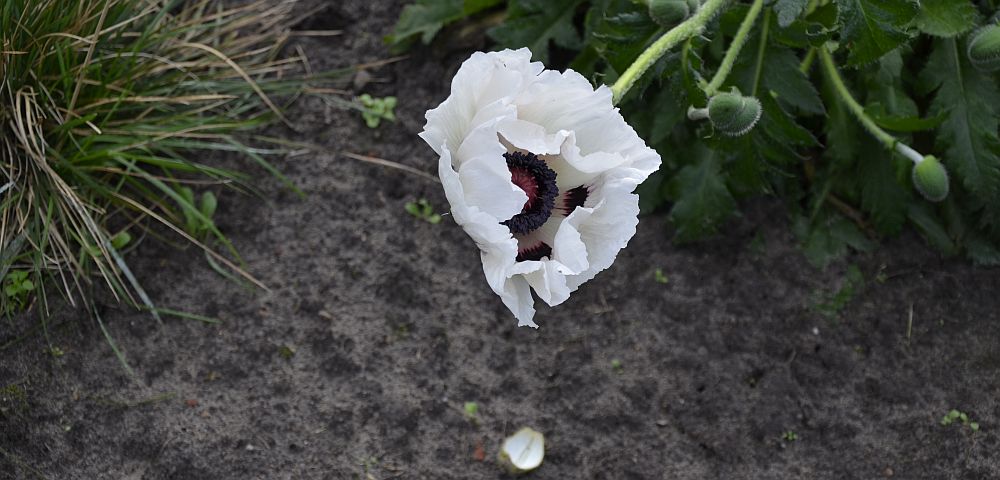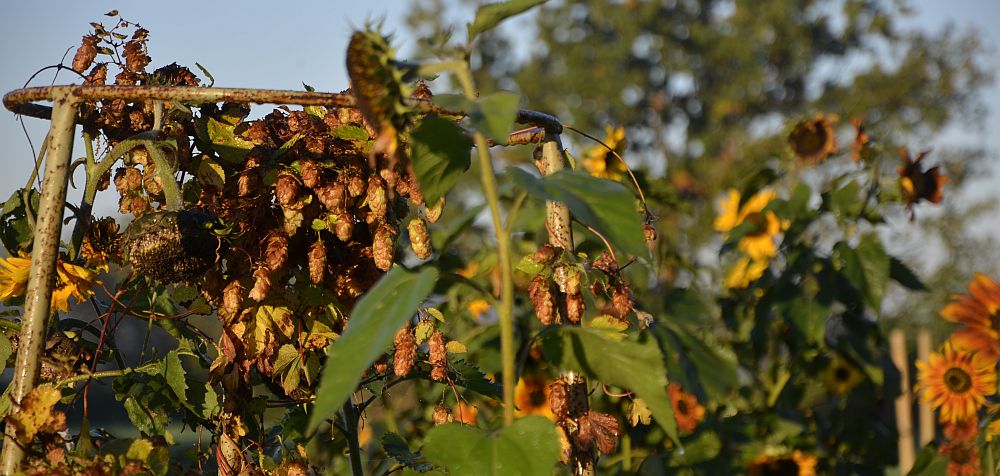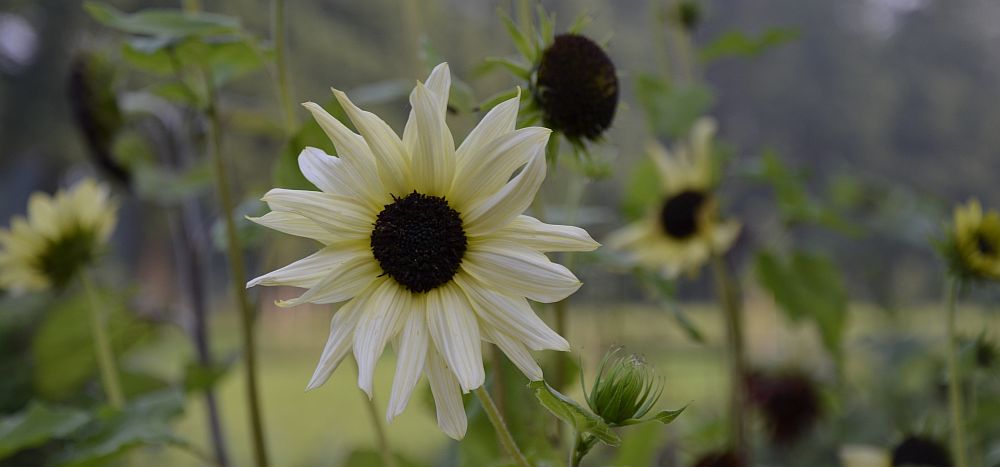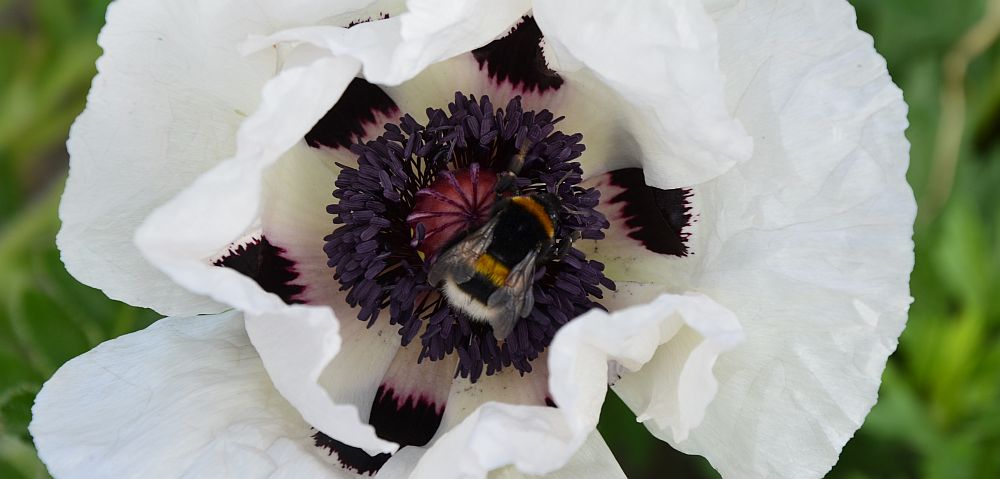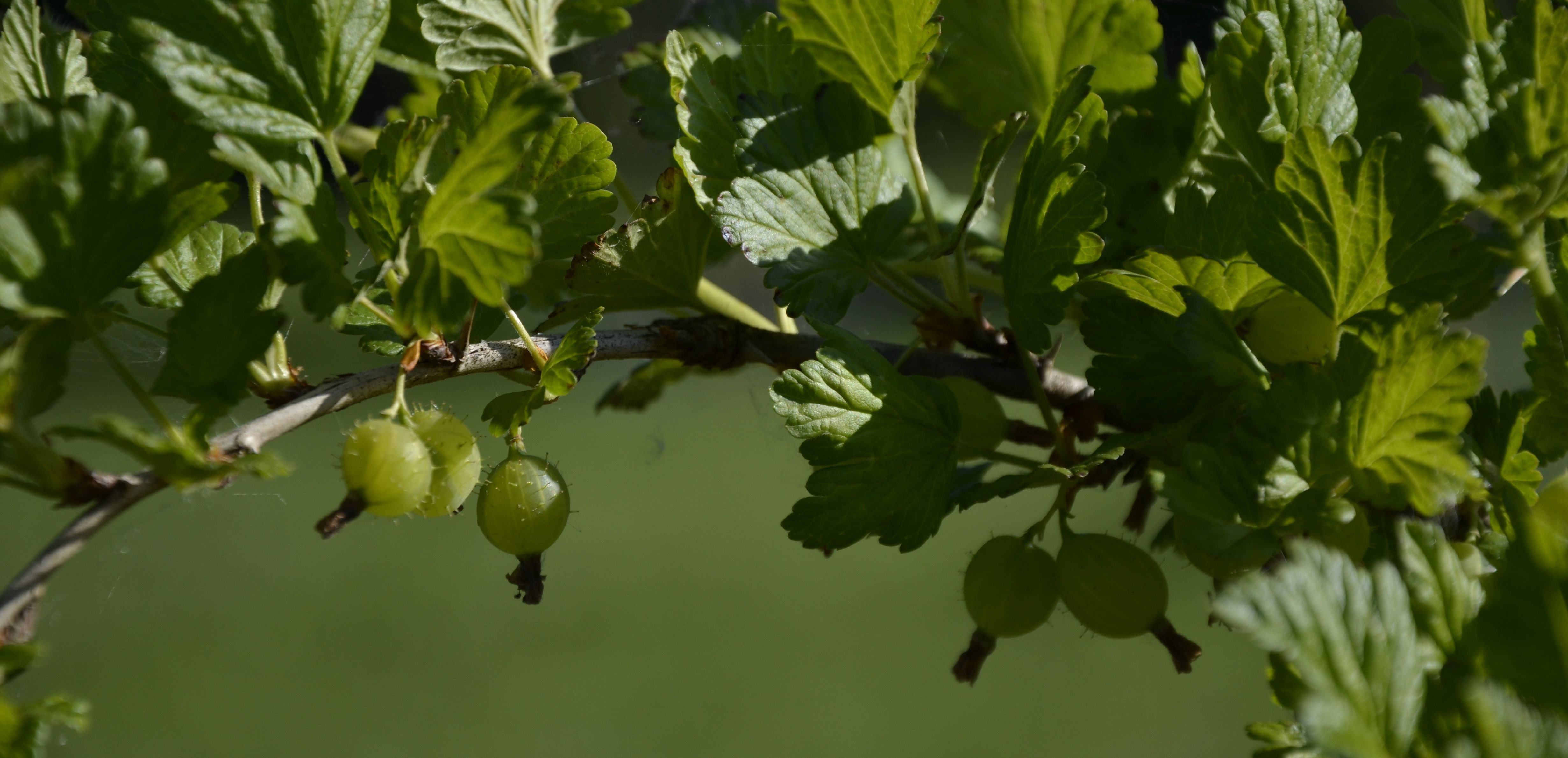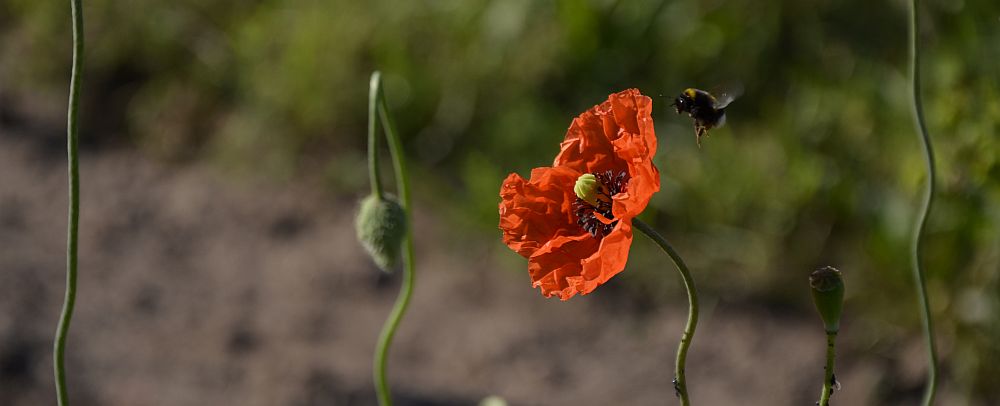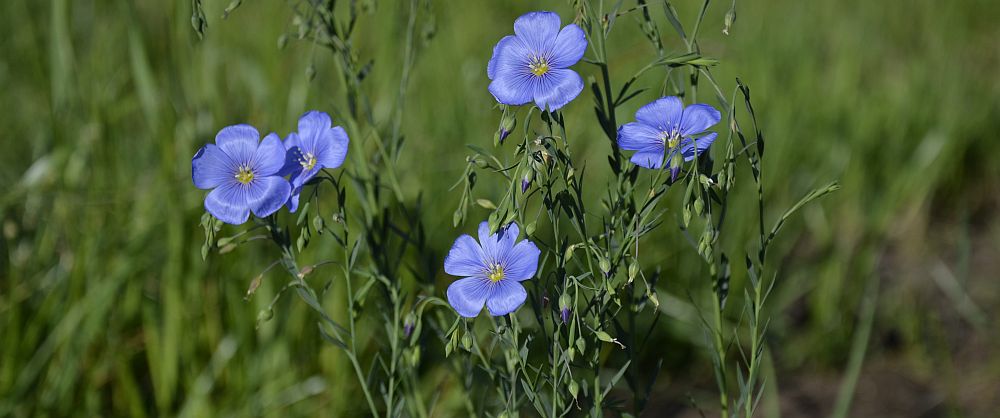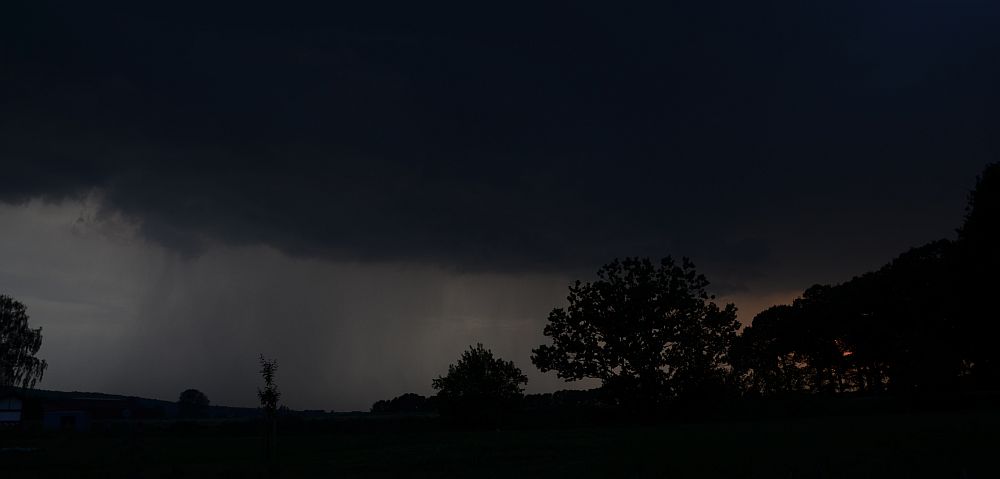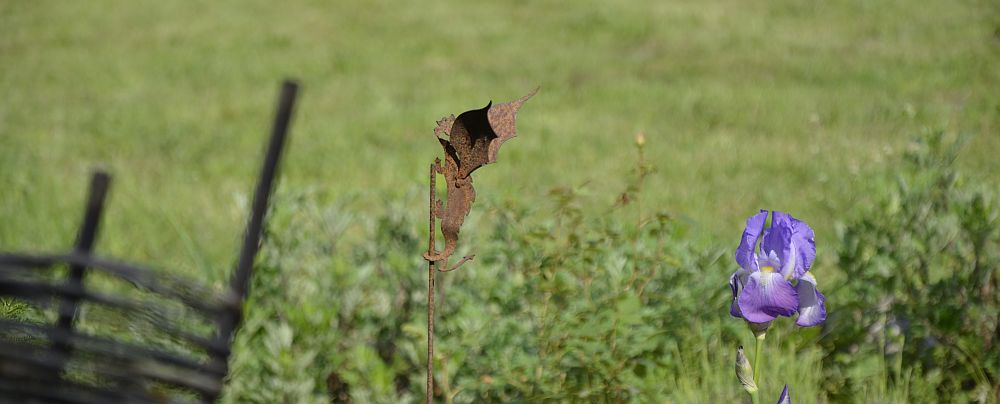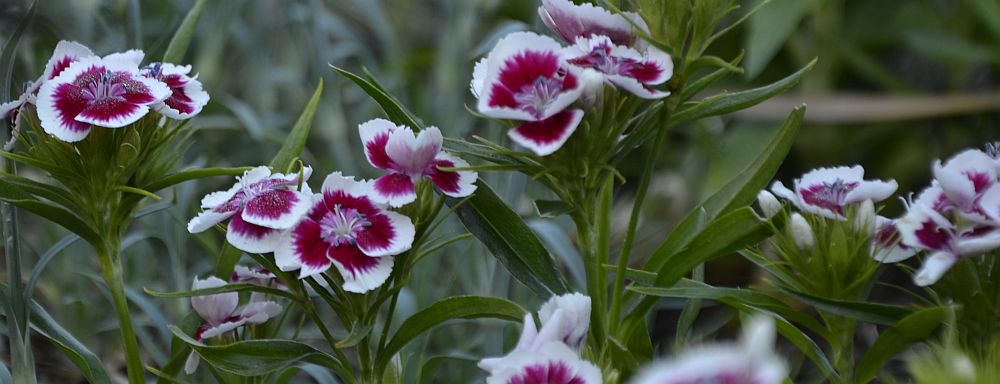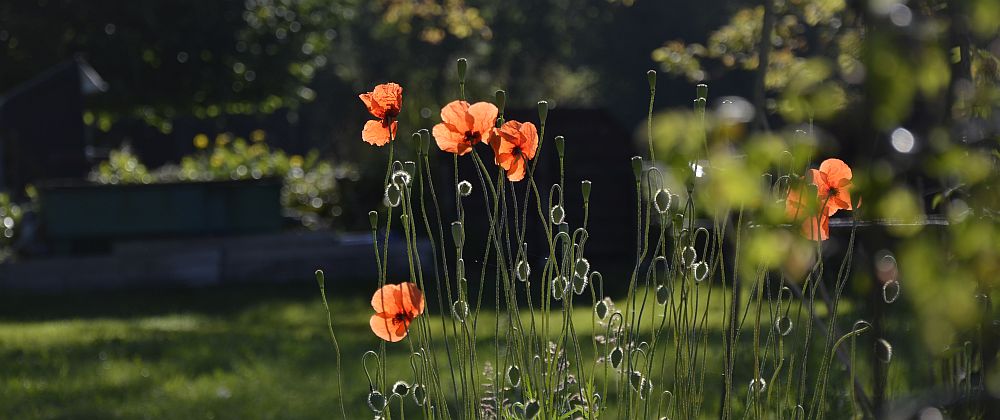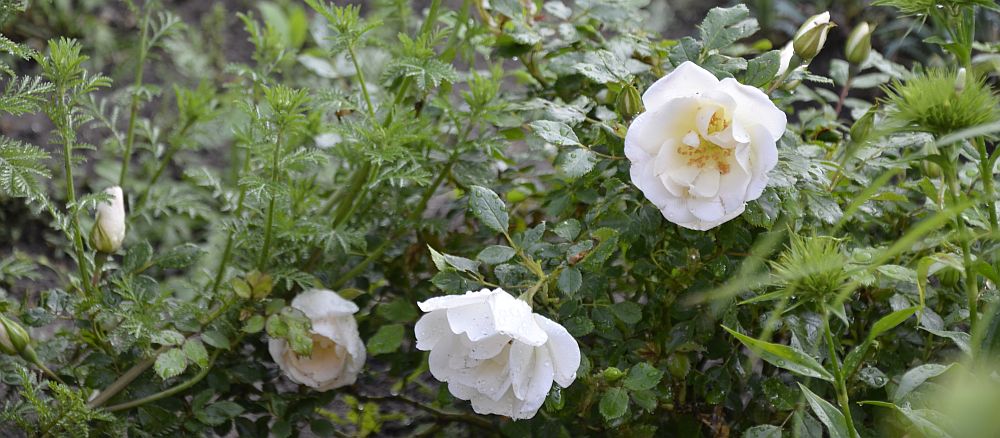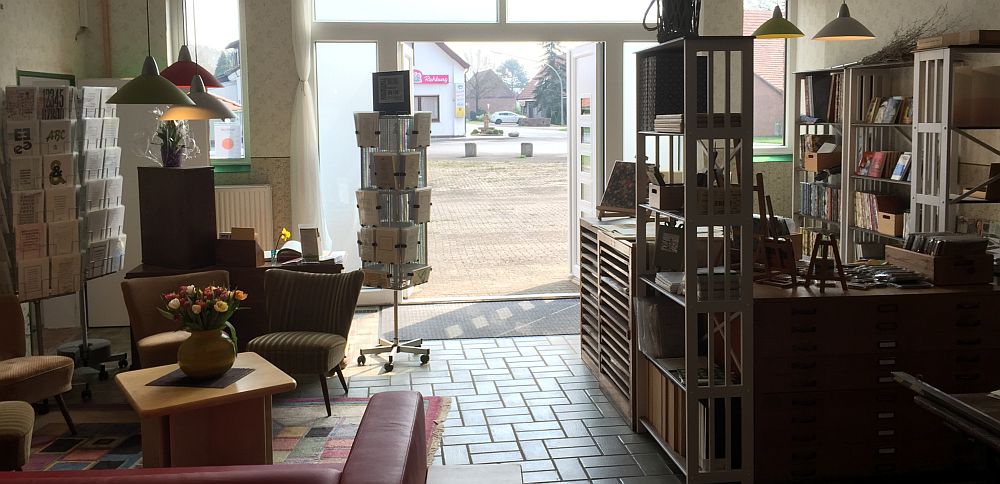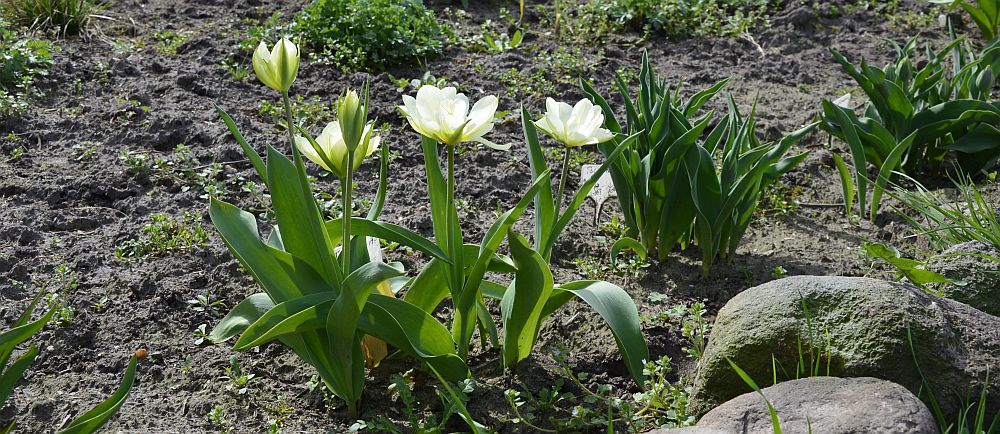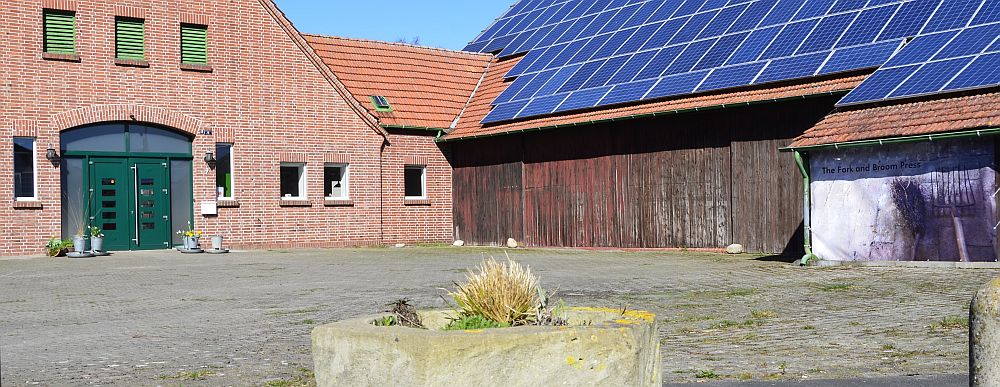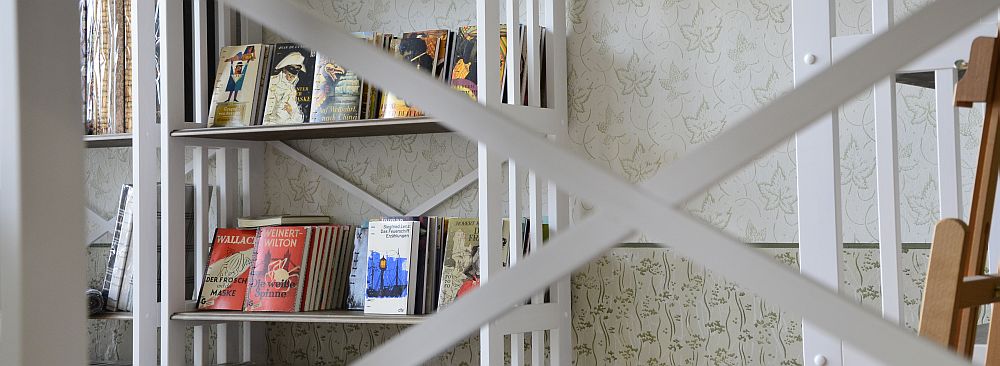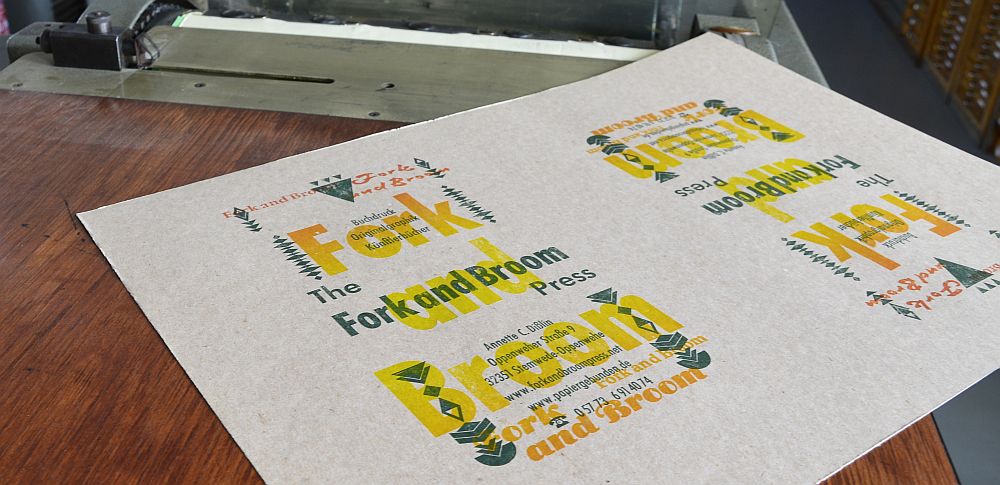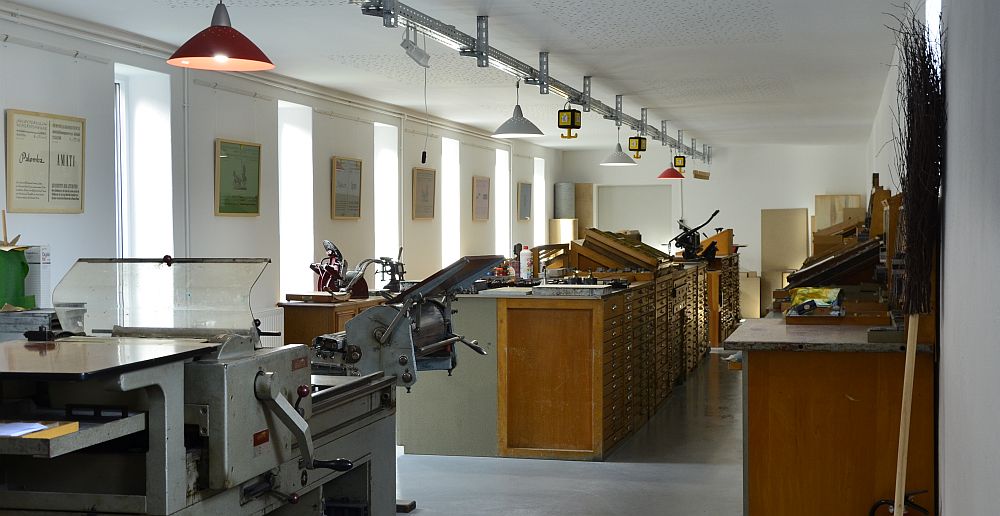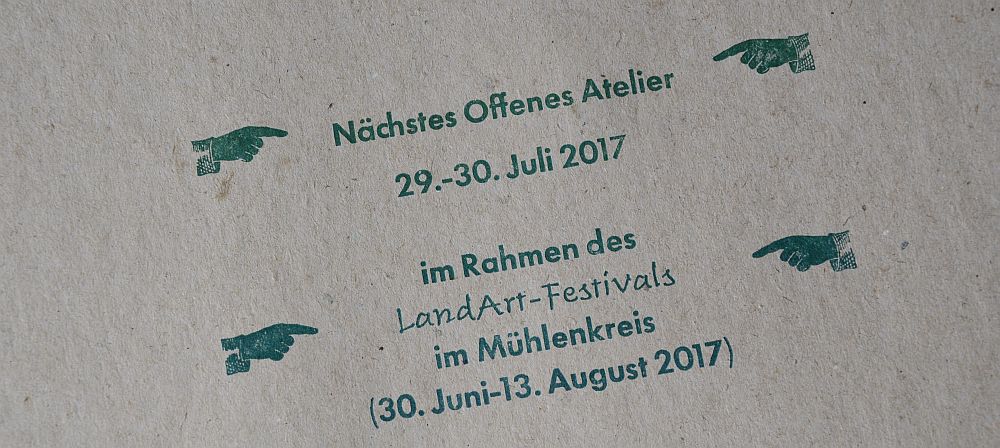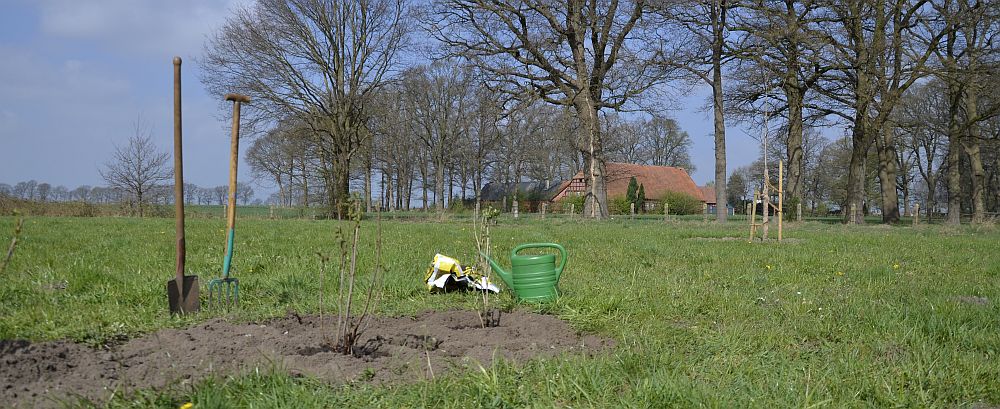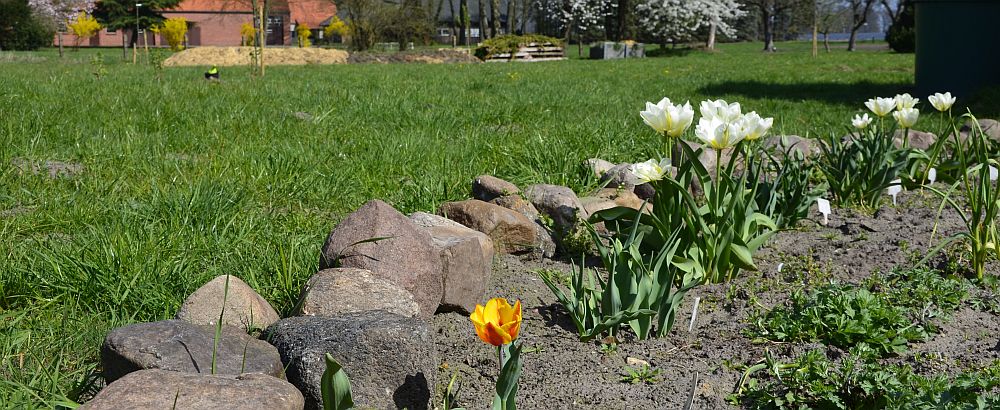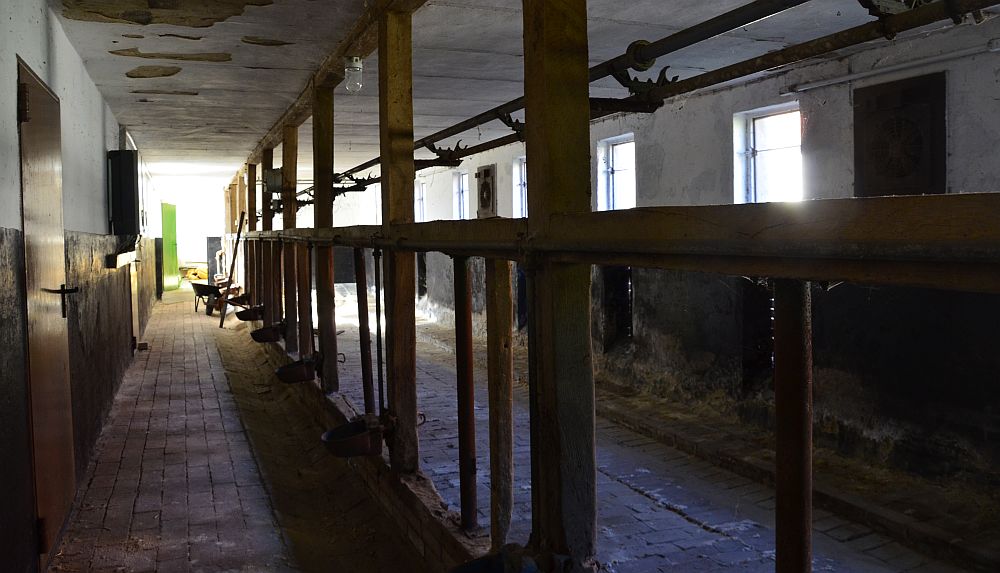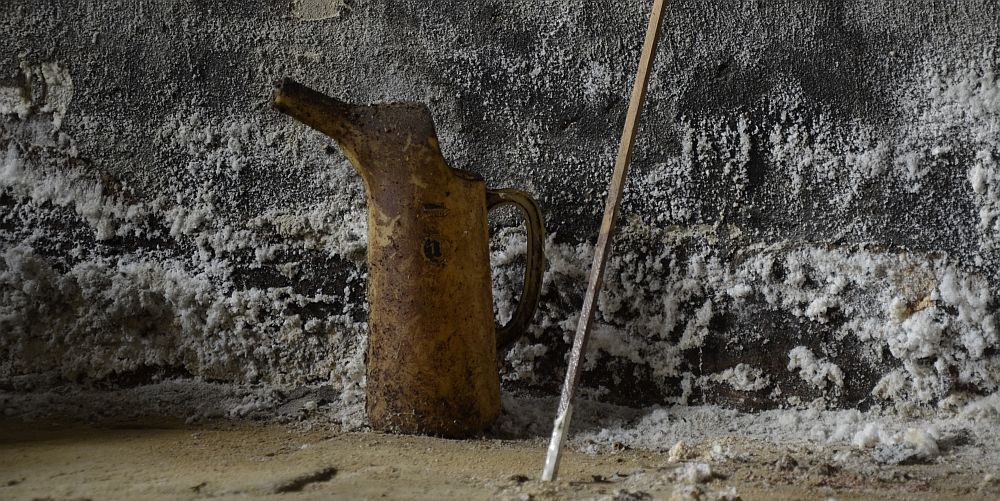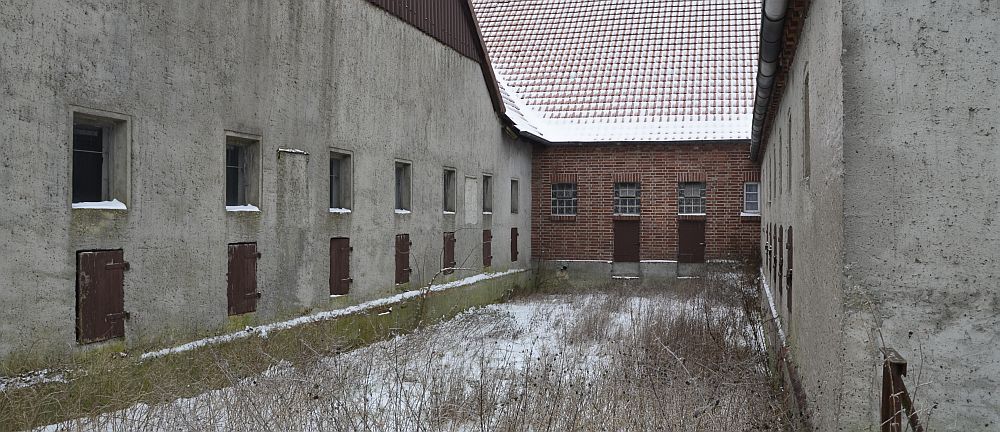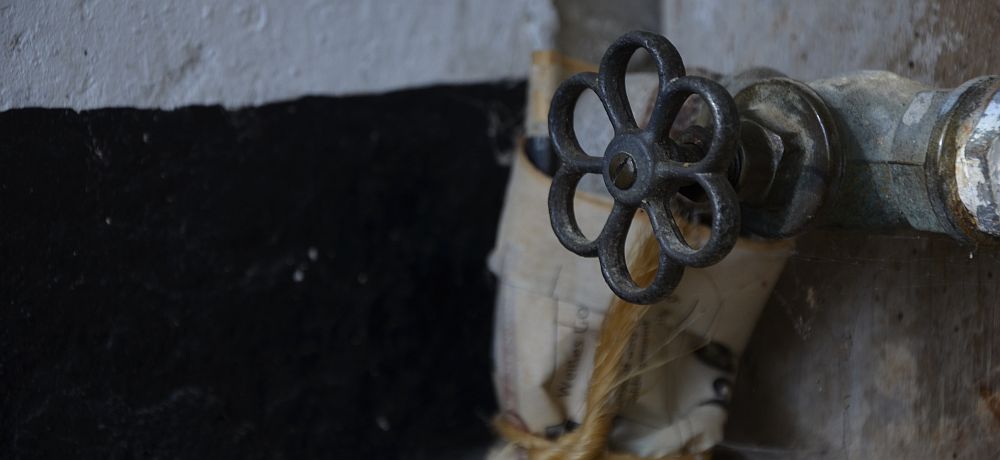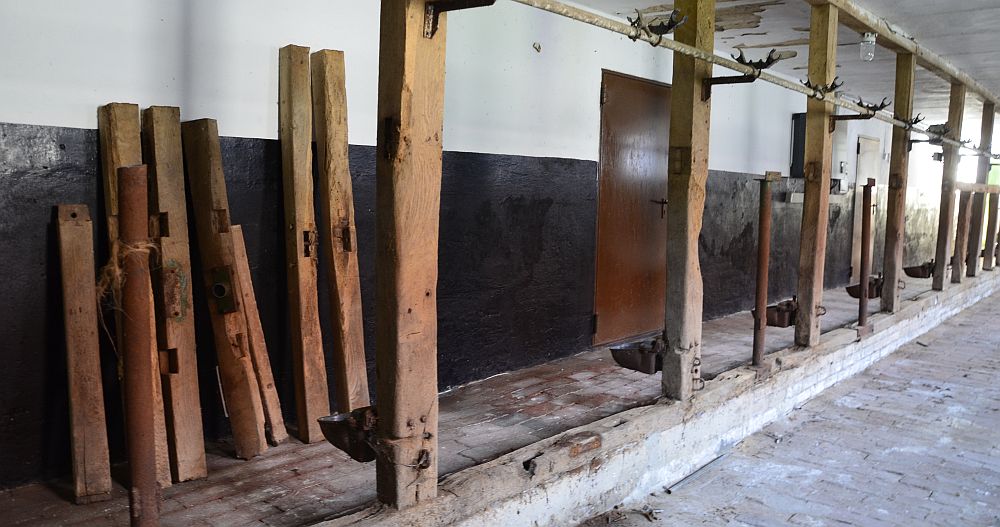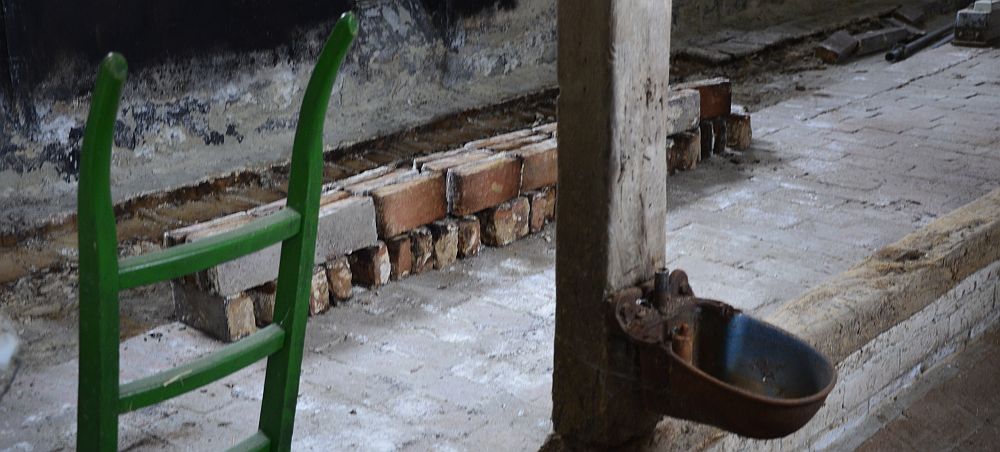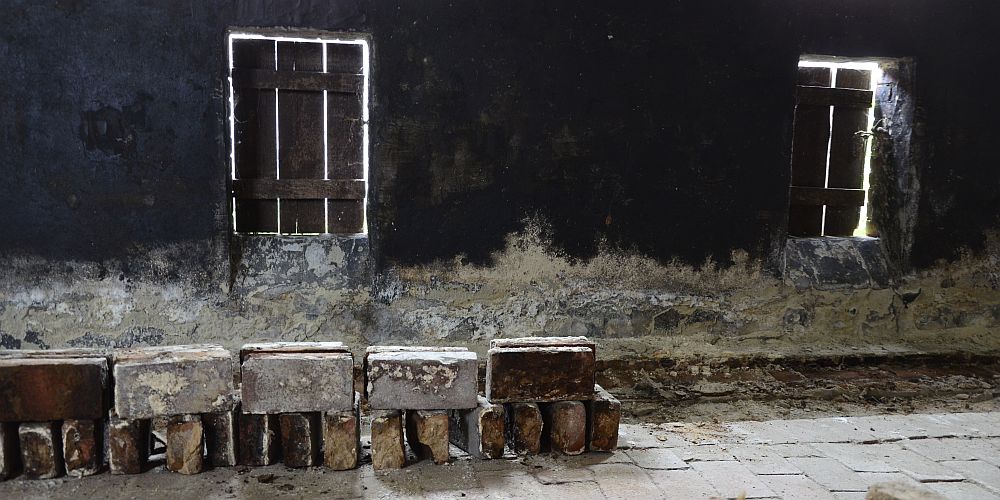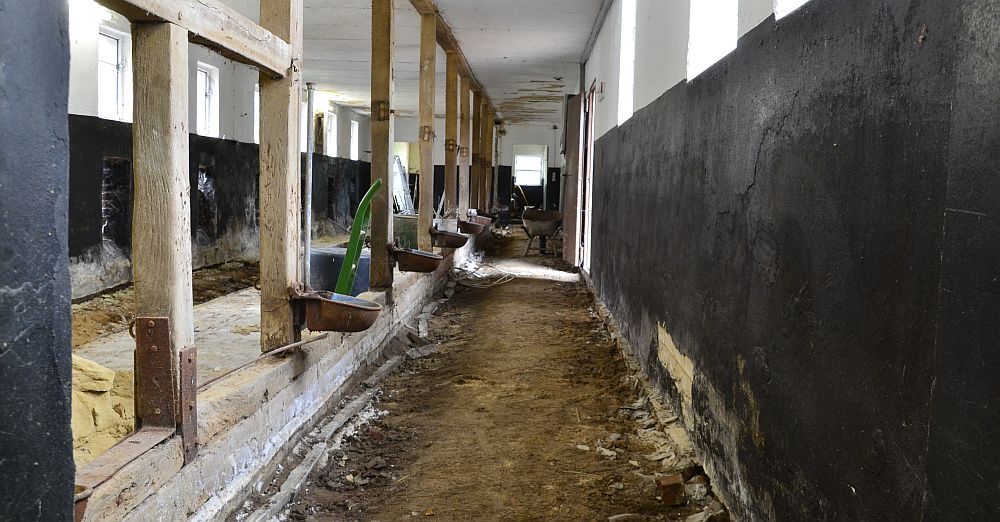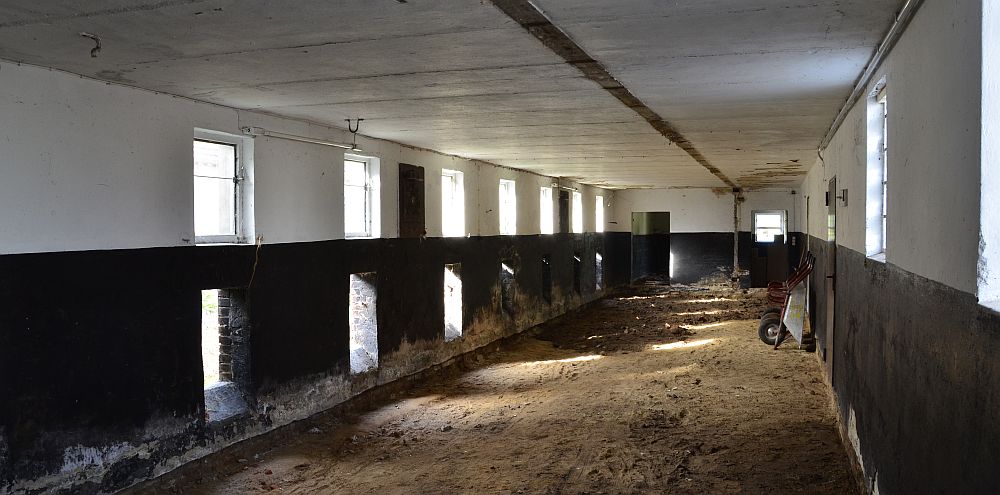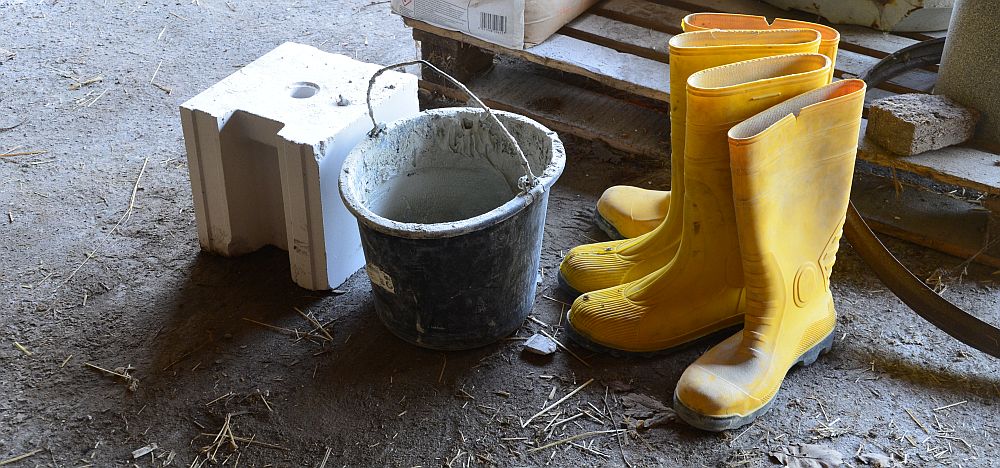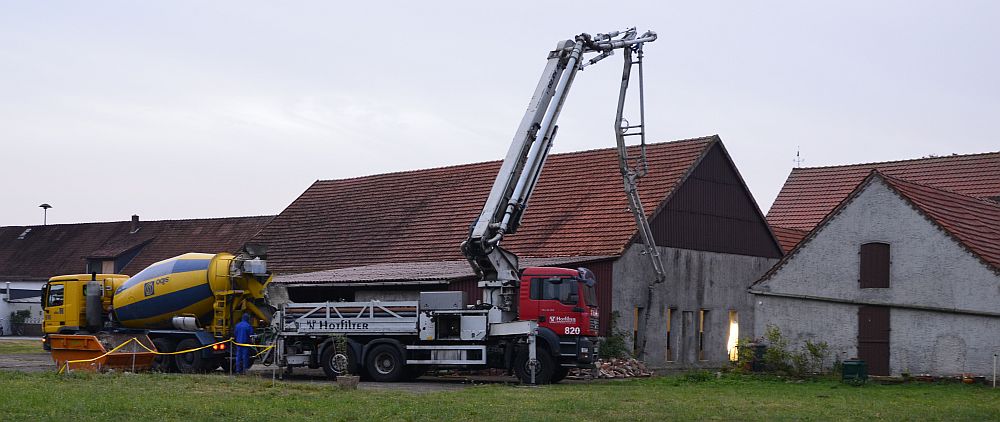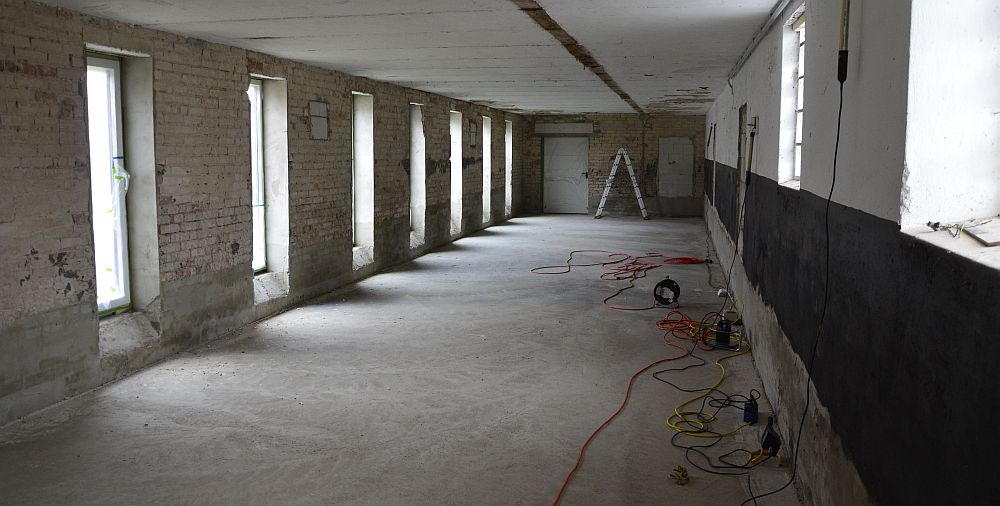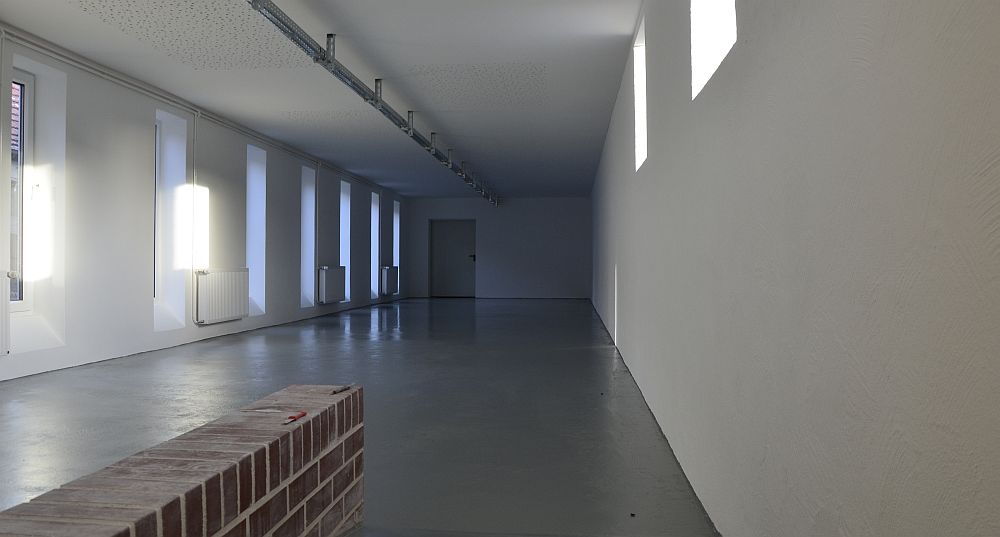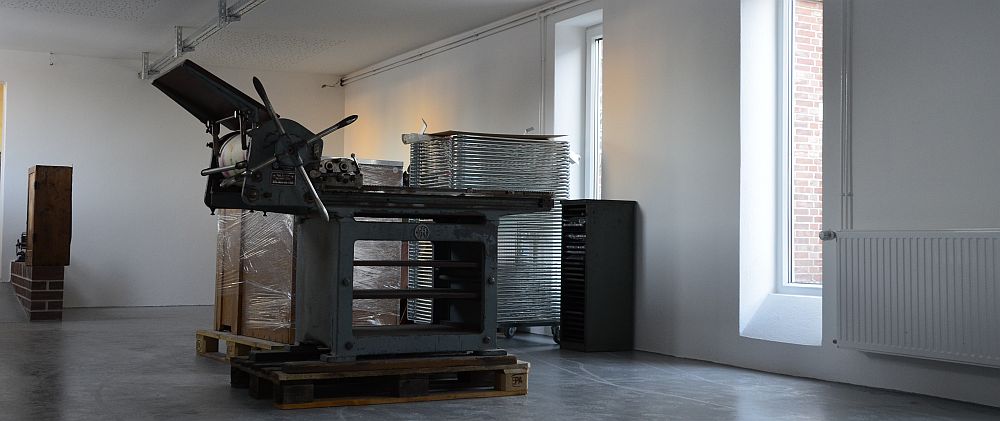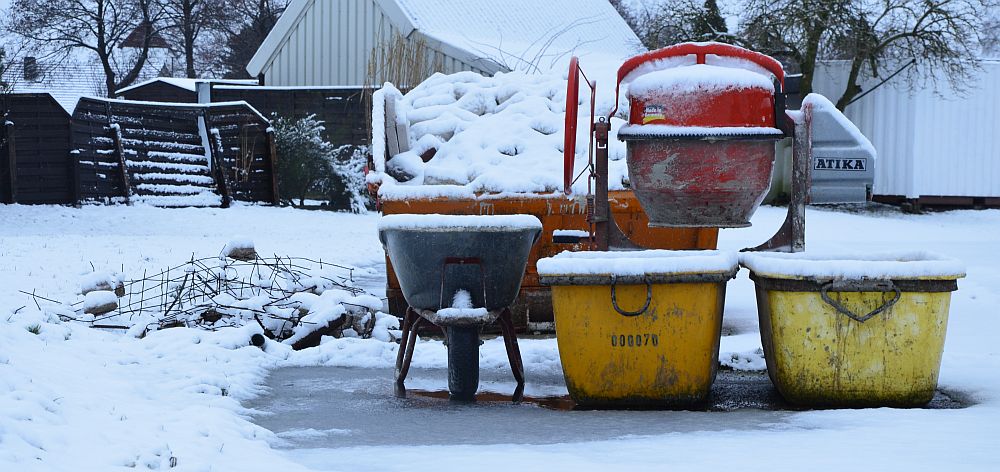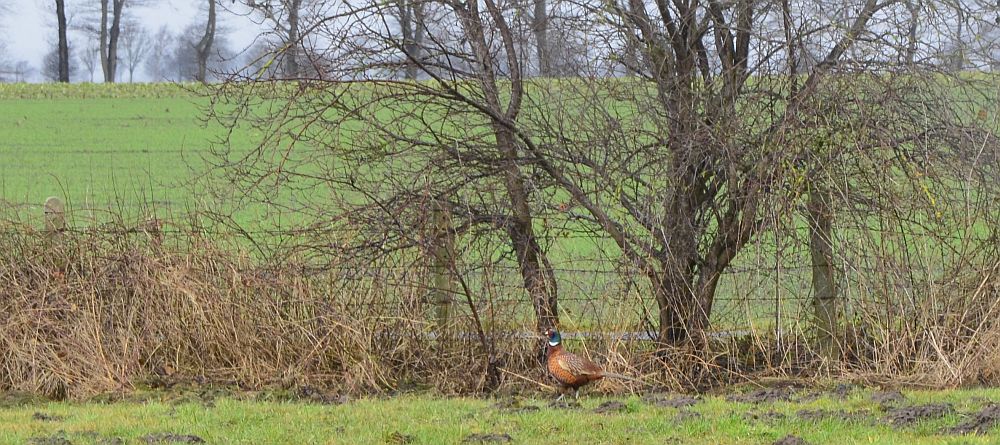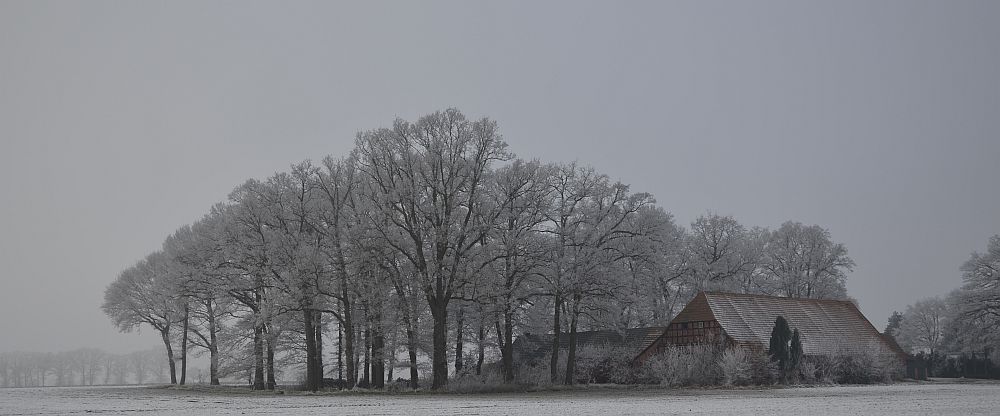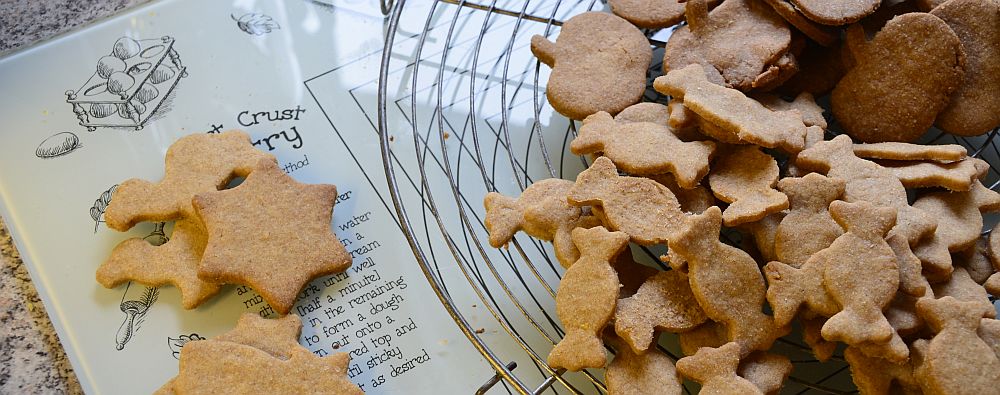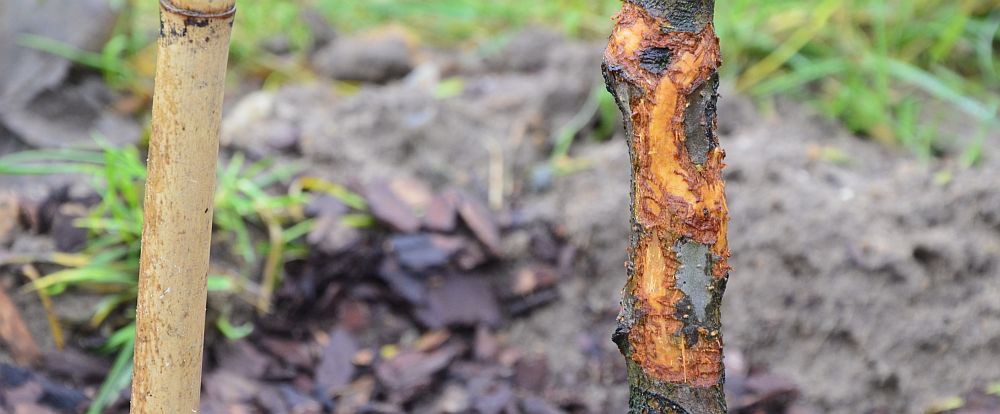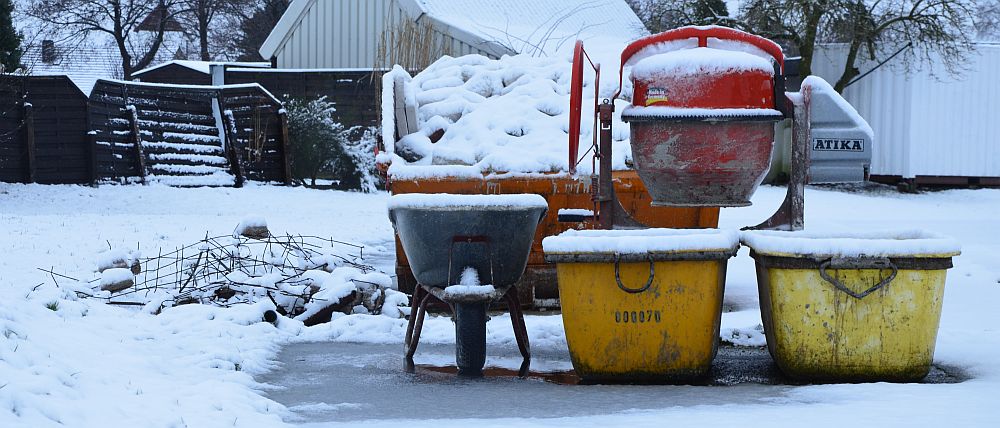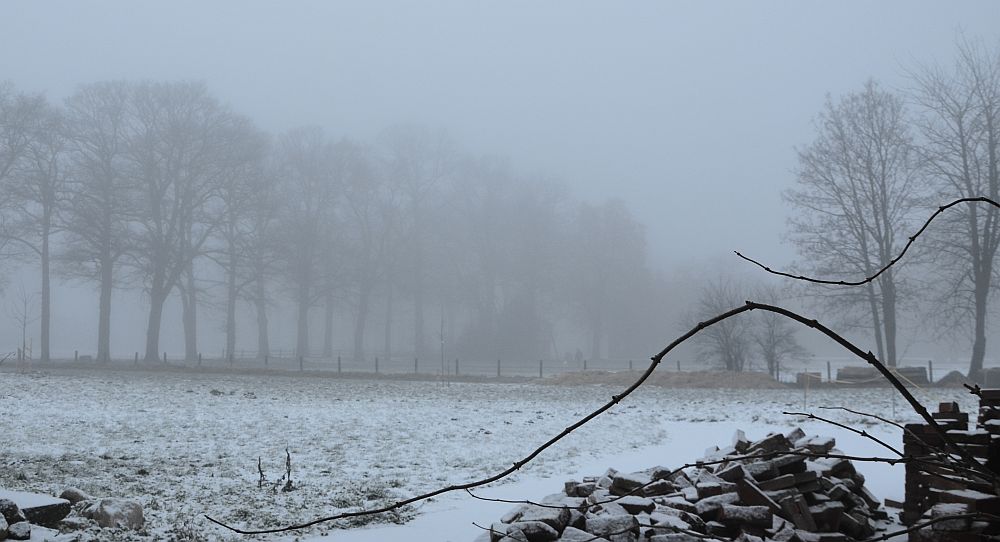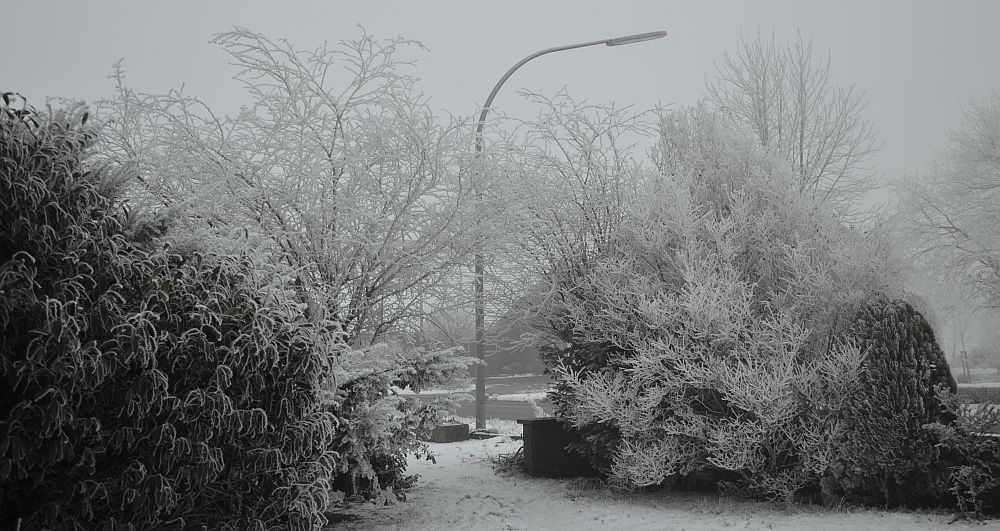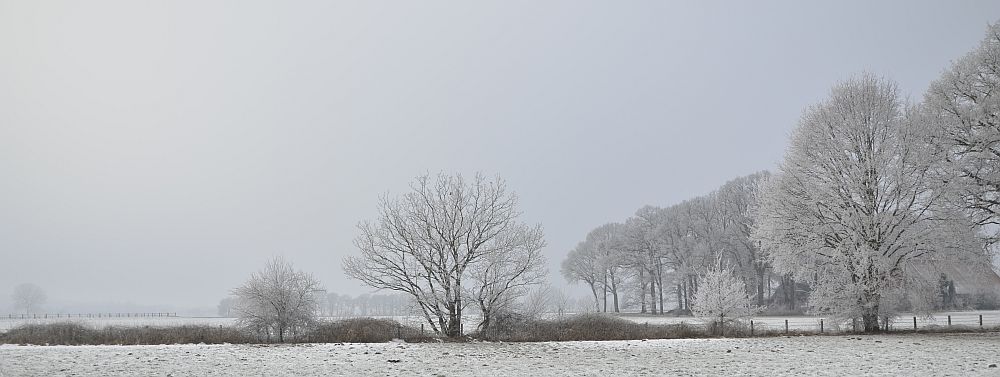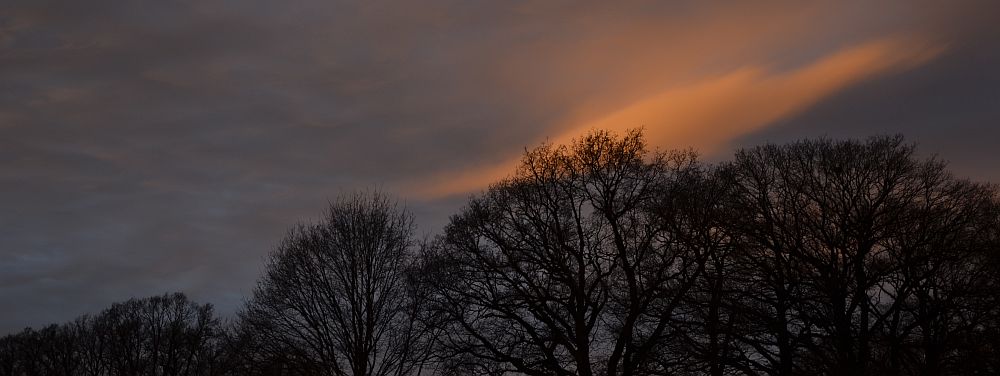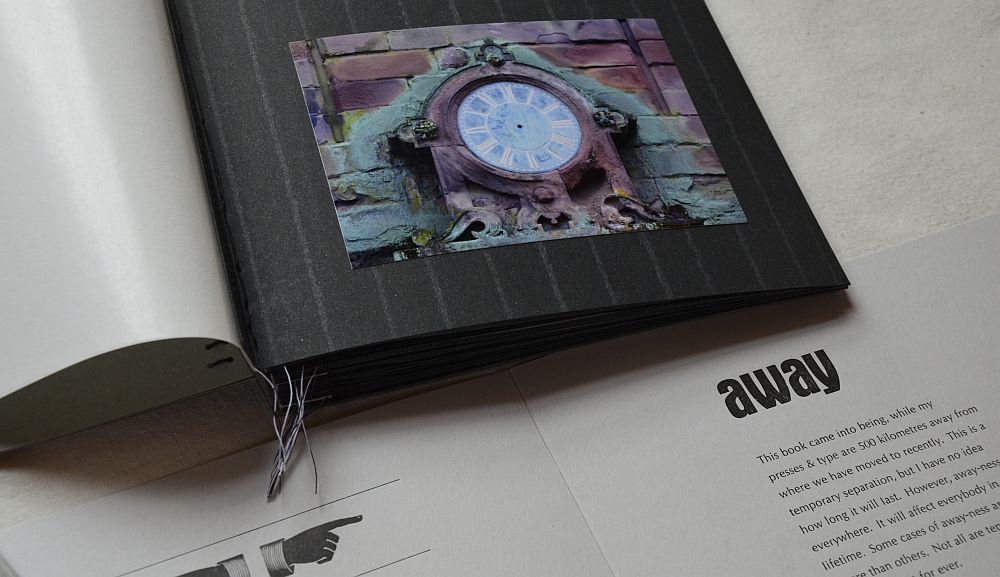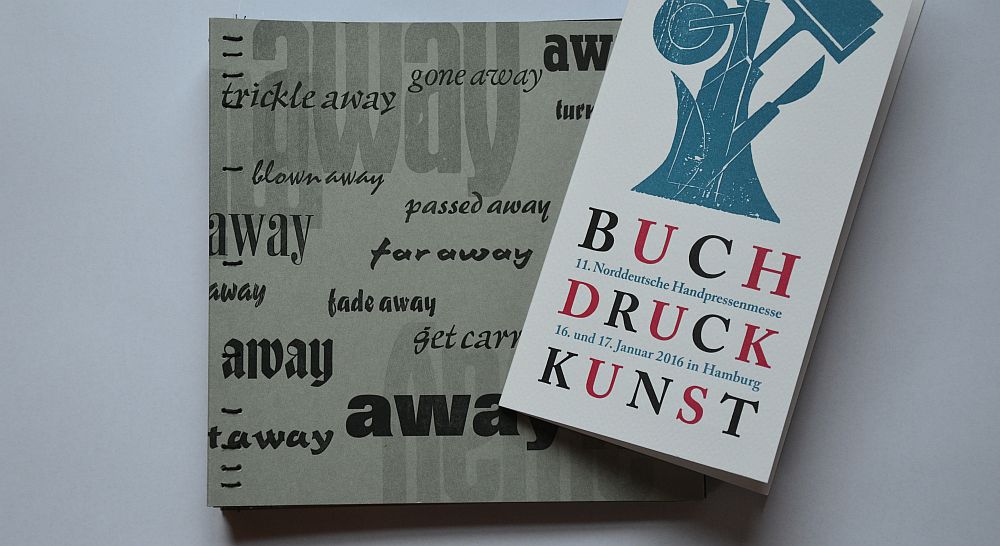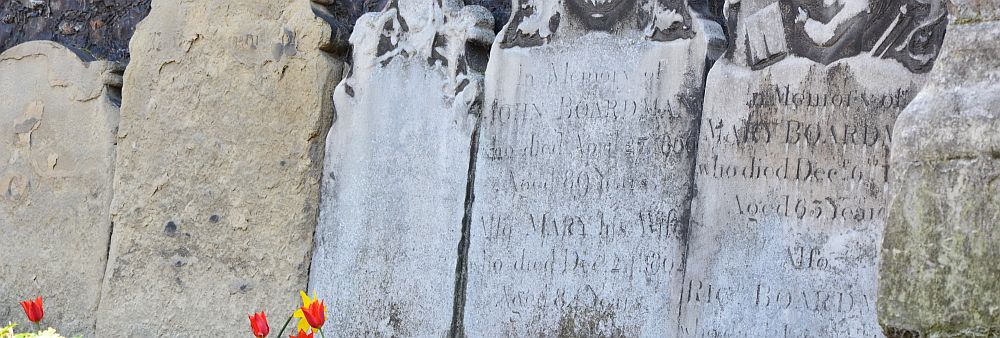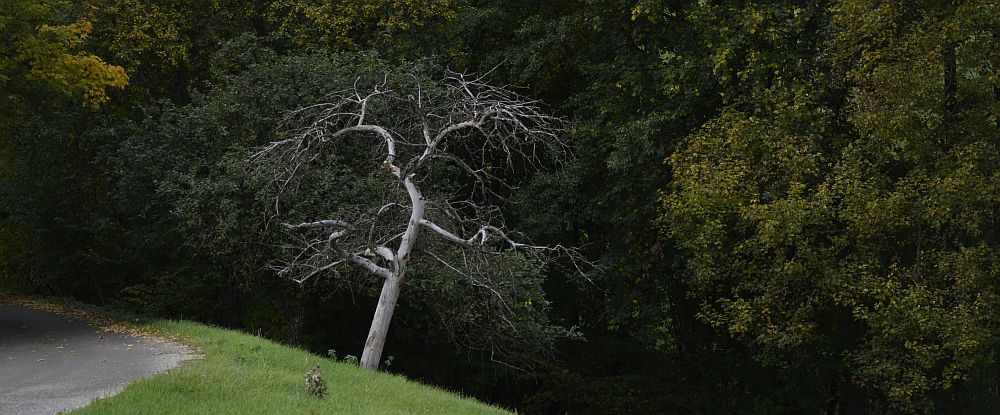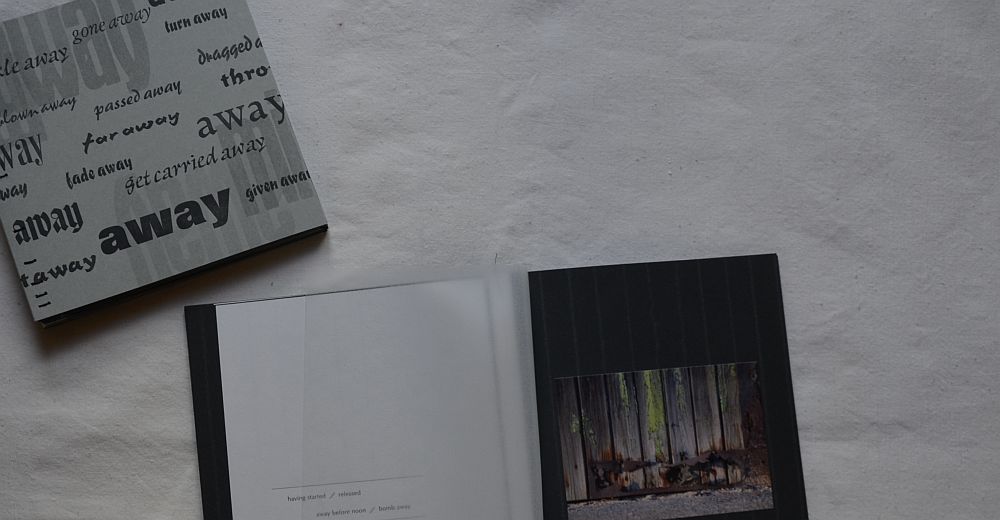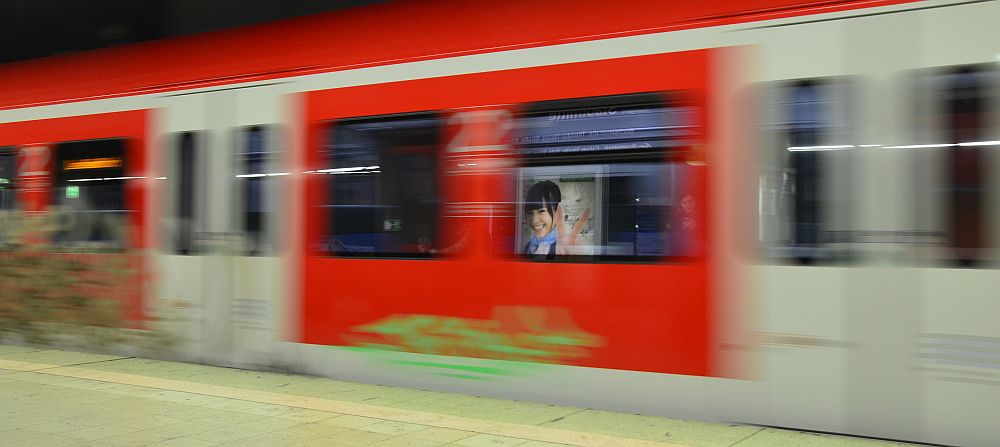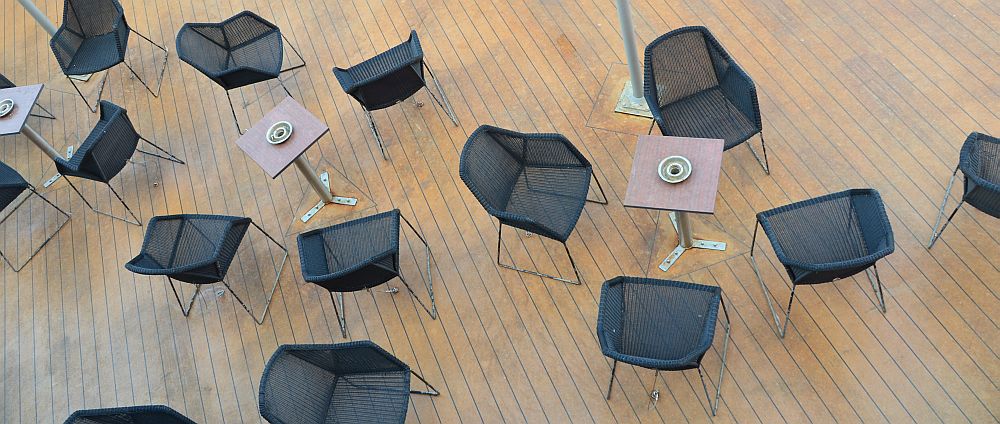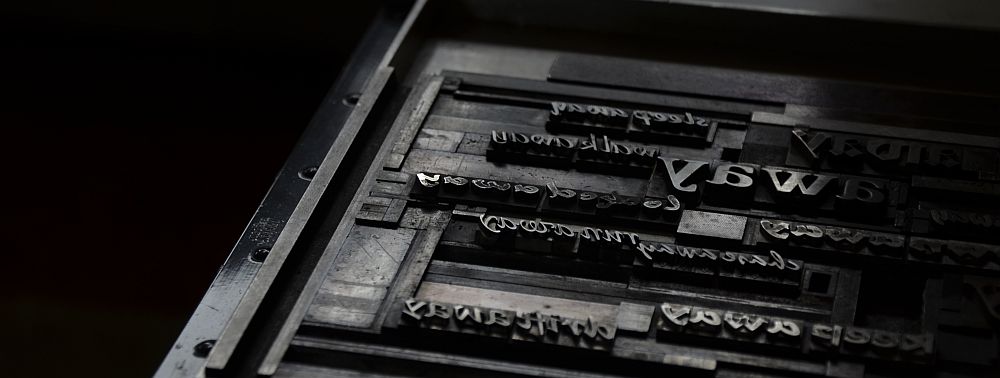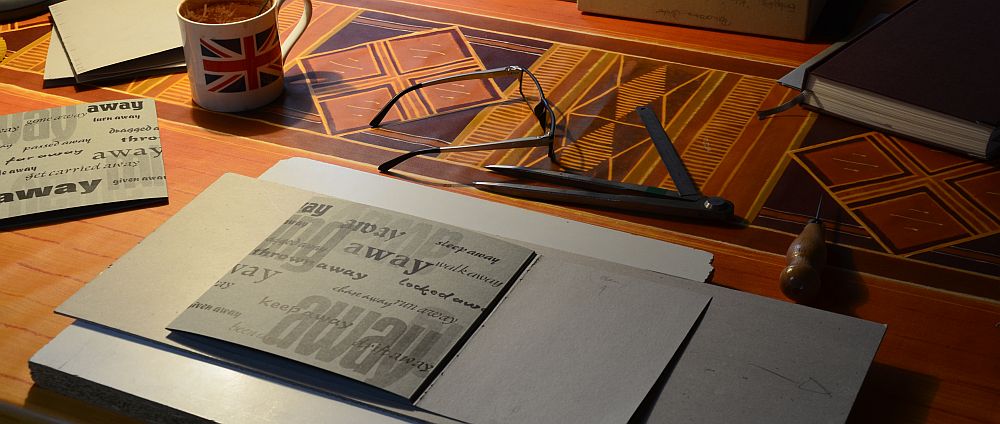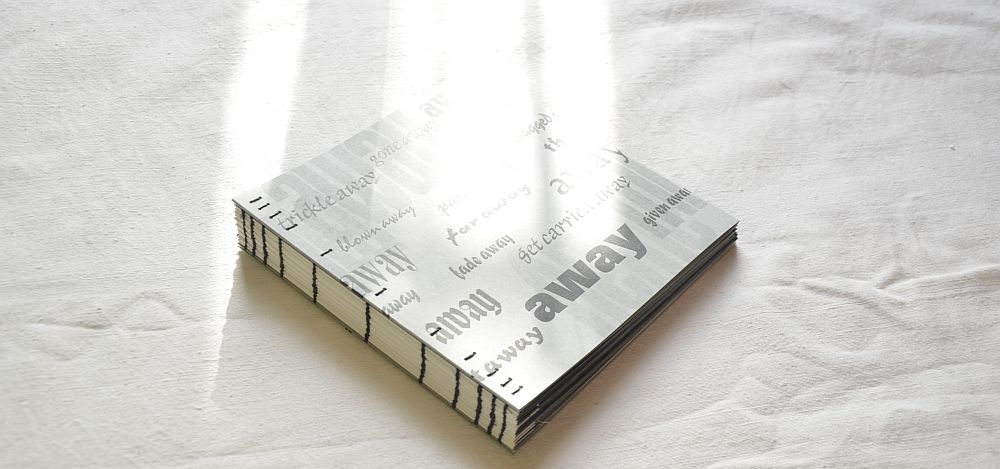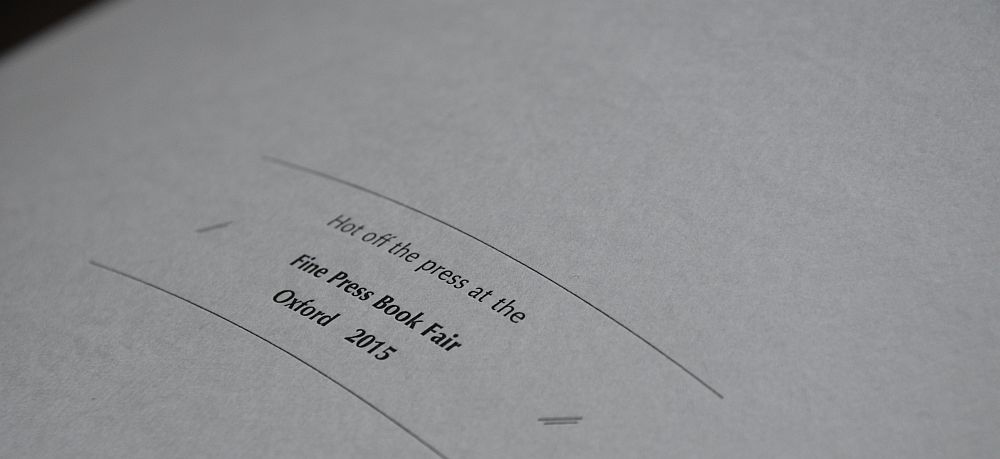A proper farm needs a barn and when we moved in at our farm in spring 2016 the barn was filled with straw. The stuff must have been sitting there for decades. It was mixed with hey from meadows long gone. Some of the straw was in bales, some bales had disintegrated from the weight of the bales piled on top of them, some straw was loose and long, some had been finely chopped. All of it was a fire hazard and it blocked the space almost completely. So it had to go. Somehow.
This is the story of how a barn full of straw became a barn with space for stories. Countless loads had to go and it would take three years to get the deed done.
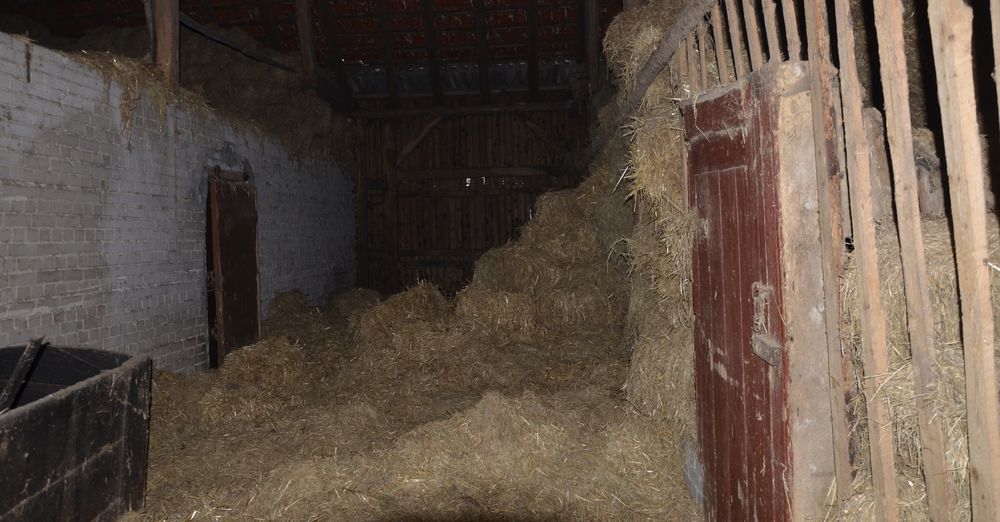
First of all we needed to clear the way in and out. The plan was to use this space as a temporary storage for the type cabinets that were to be brought in before winter come. Here it was mostly bales, some of which had been crushed. By autumn the space was free. We were lucky in that a farmer in a village nearby would use the straw as bedding. He kept coming in with his trailer to get the stuff – all the way through until March 2019, when the last load went.
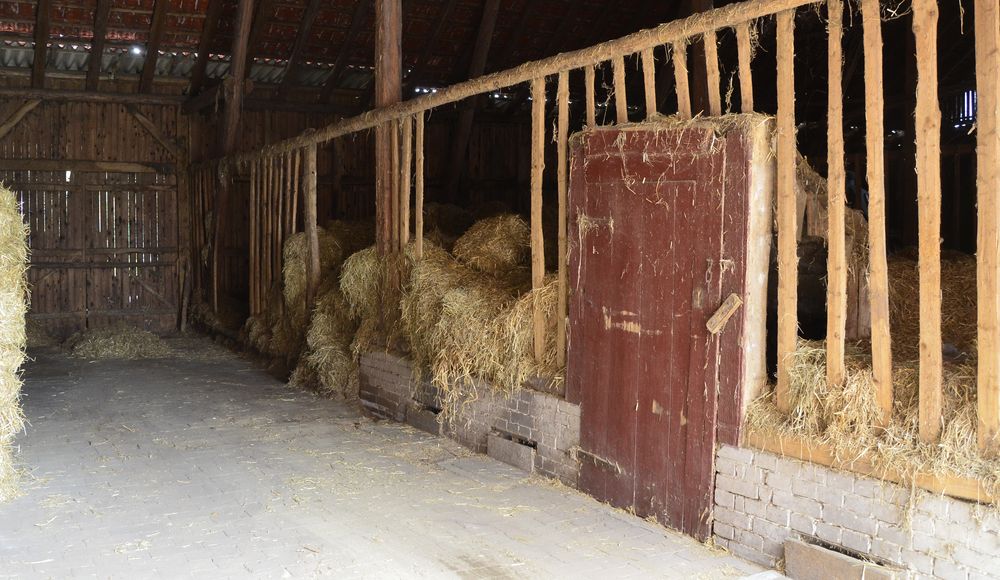
In late October 2016 the type cabinets and presses arrived, all neatly packed on palettes. The forklift truck sorted them one by one in to the now free space in the barn. They were supposed to sit there until the pressroom was ready to be furnished. Unfortunately we got minus 9 degrees for a number of days in November. It would be mid January when we were able to get the cabinets out of the barn and into the pressroom.
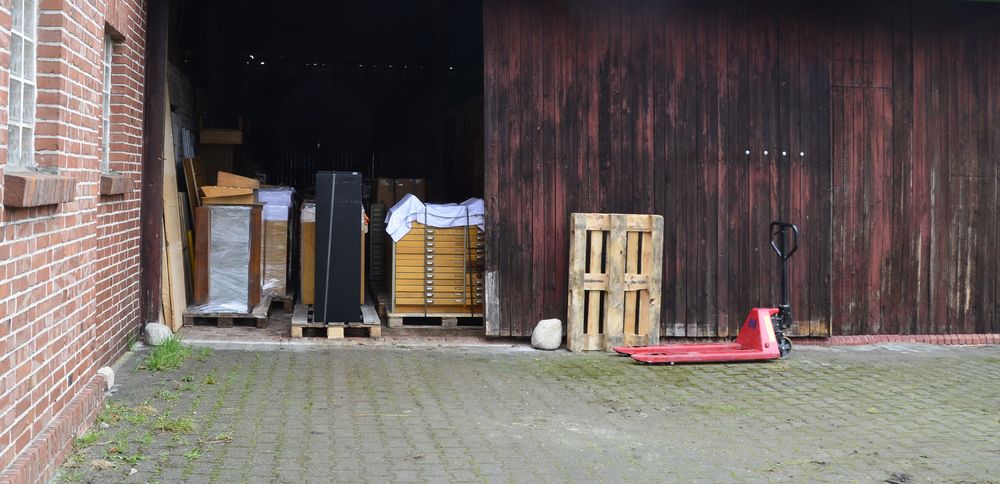
Next we tried to tackle the bales in the middle part of the barn. This could be done by picking them up with a fork and tossing them in the trailer. The trailer would fill up quickly. But underneath the bales the loose straw emerged. Partly this was long and tangled and broken baler twine was mixed in with it. Work became arduous.
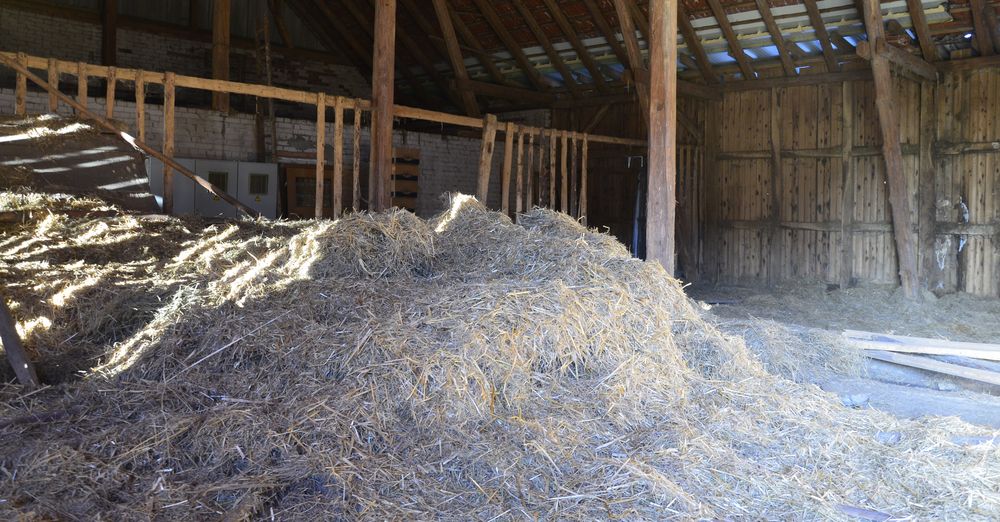
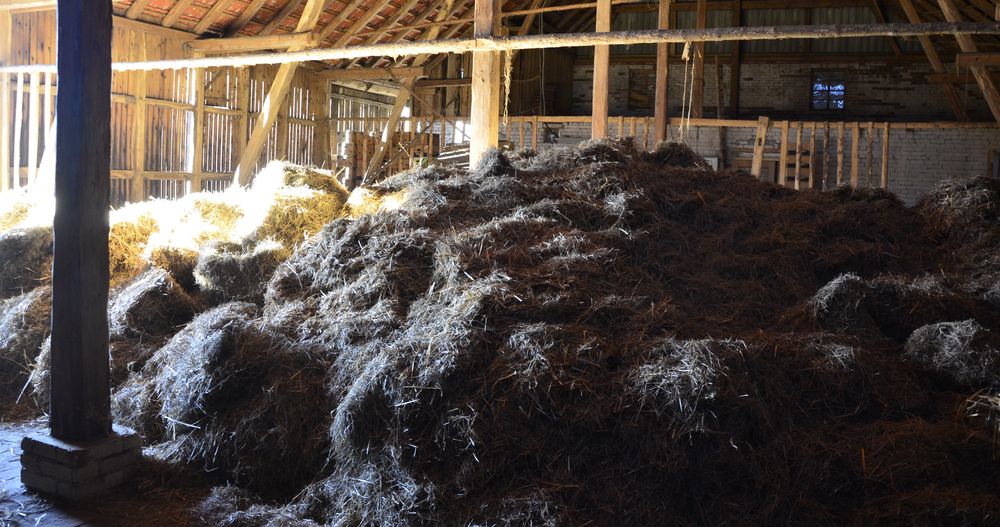
Every now and then the odd bale turned up within the mass of loose straw. Once the huge pile in the middle had shrunk loading the trailer became even more cumbersome , as the material had to be lifted up to be tossed into the trailer.
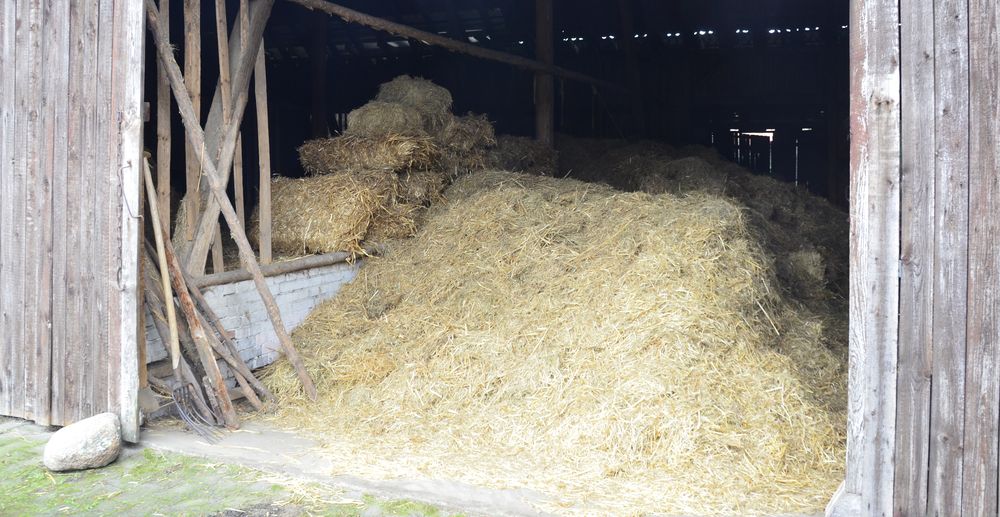
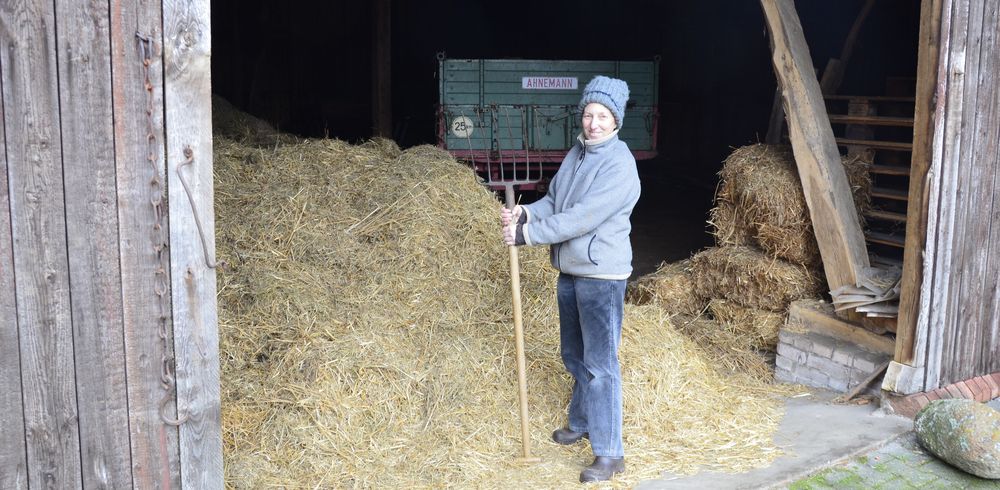
The crushed straw was the worst to get loaded. We needed a special gripper device mounted on to the tractor. It looked like the jaws of a lion made from steel. Together with the farmer Albert we devoured, so to speak, our way through the mass of crushed straw.
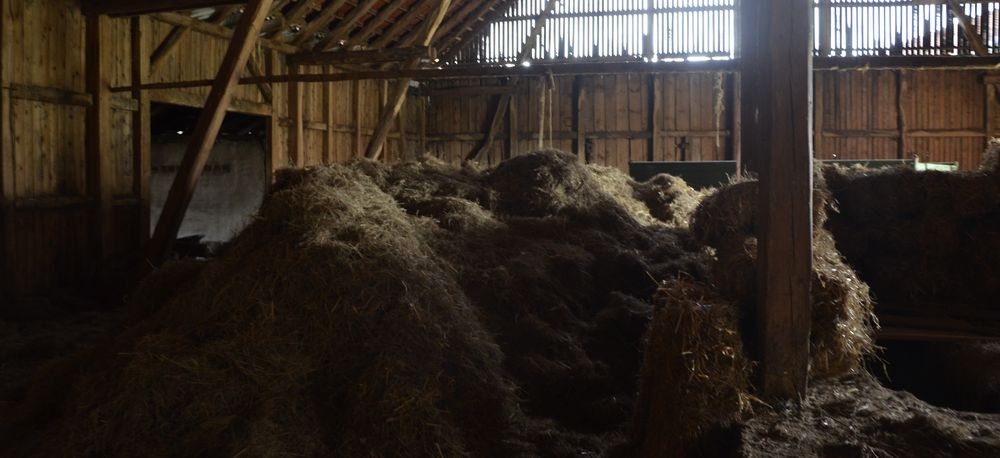
At some point we lost track on the number of loads we had got out. When a trailer was loaded we looked at what was still there and estimated how many more loads it would be. We never got it right.

And then, all of a sudden, the straw seemed to give in. In early March 2019 the last load rolled out through the barn door. And it became apparent that this space was really beautiful. It had potential. What was left was the stuff right at the bottom. This went on to our compost heap. In places it could be rolled up like a carpet. Buried underneath the huge pile of straw was the cavern that was used to store potatoes and field mangels to feed the pigs. The ceiling of this pit had given up in places and had broken in. In normal years there would be some half metre of water standing down there. After two dry summers it was of course dry. As we had no notion to keep pigs any time soon, we decided to fill the pit with sand.
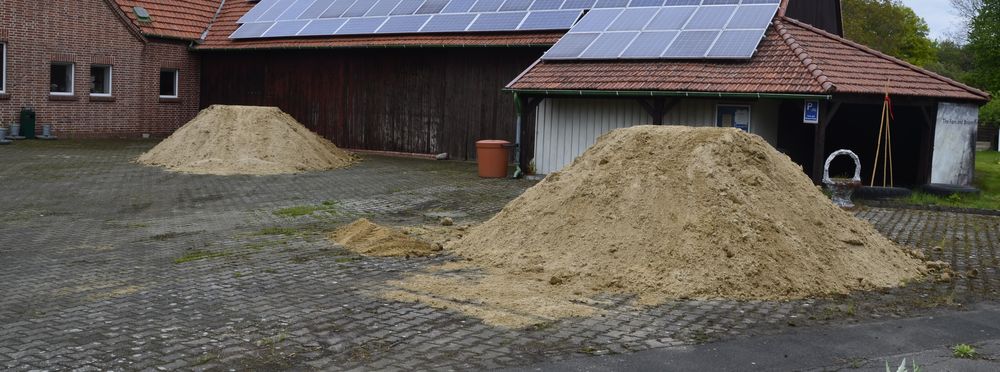
To have the pit filled evenly took us a few loads of sand and a couple of weeks time. Some of the sand was wet and sticky, some was nice and dry. Generously our neighbours stepped in to help. Thank you, mates!
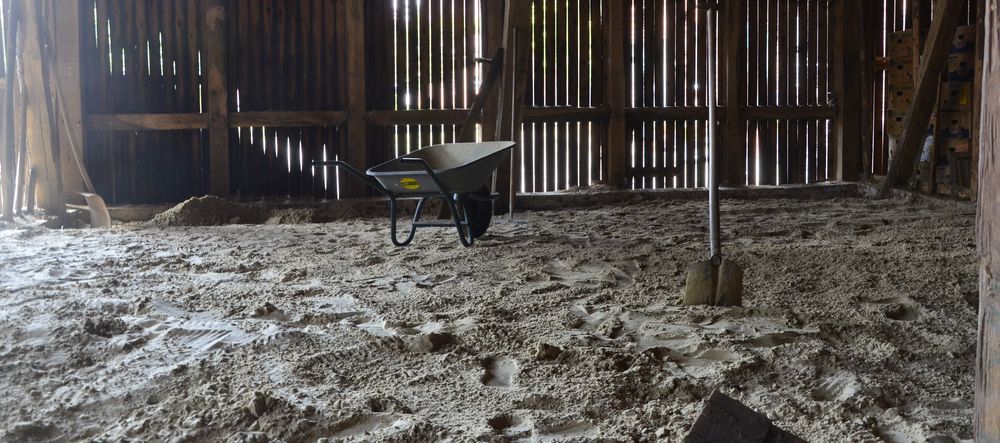
Here the deed is almost done. The sand could be filled in only from one side and had to be worked to the other side with shovel, rake and wheel barrow.
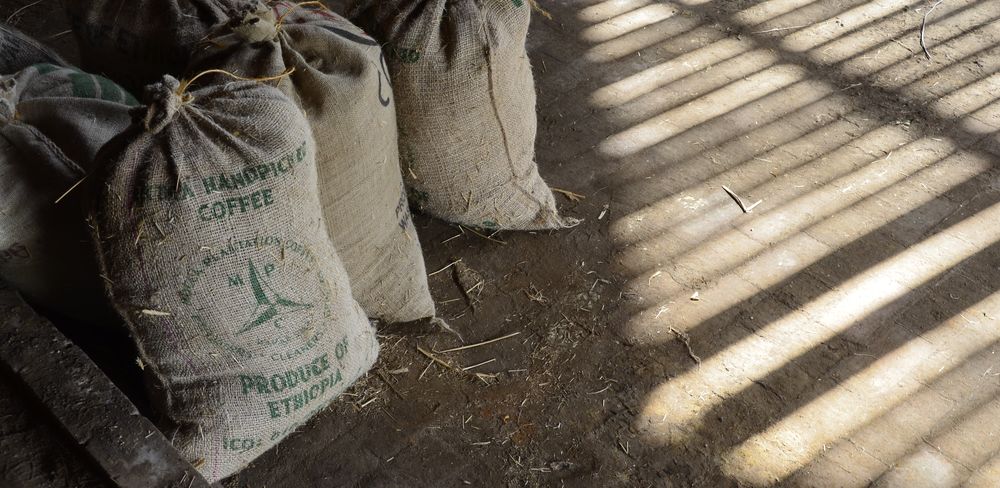
We had kept some of the straw to fill old coffee sacks. 2019 was the year of the studio’s 20th anniversary. To have the barn free of straw came in handy: we could have readings from my artist’s books in this space. And we would have those straw filled sacks to sit on. Now it was just the lamps and sockets that wanted to be fixed.
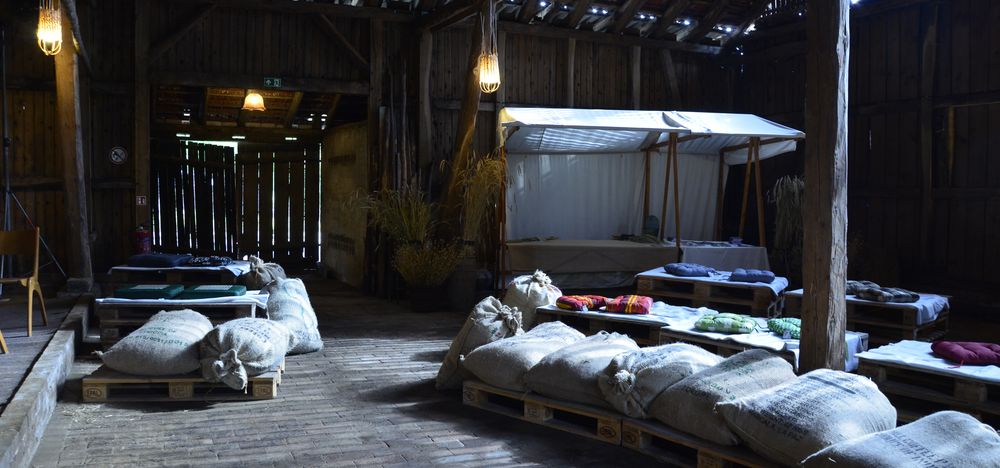
Here we are: A barn to be filled with stories.
